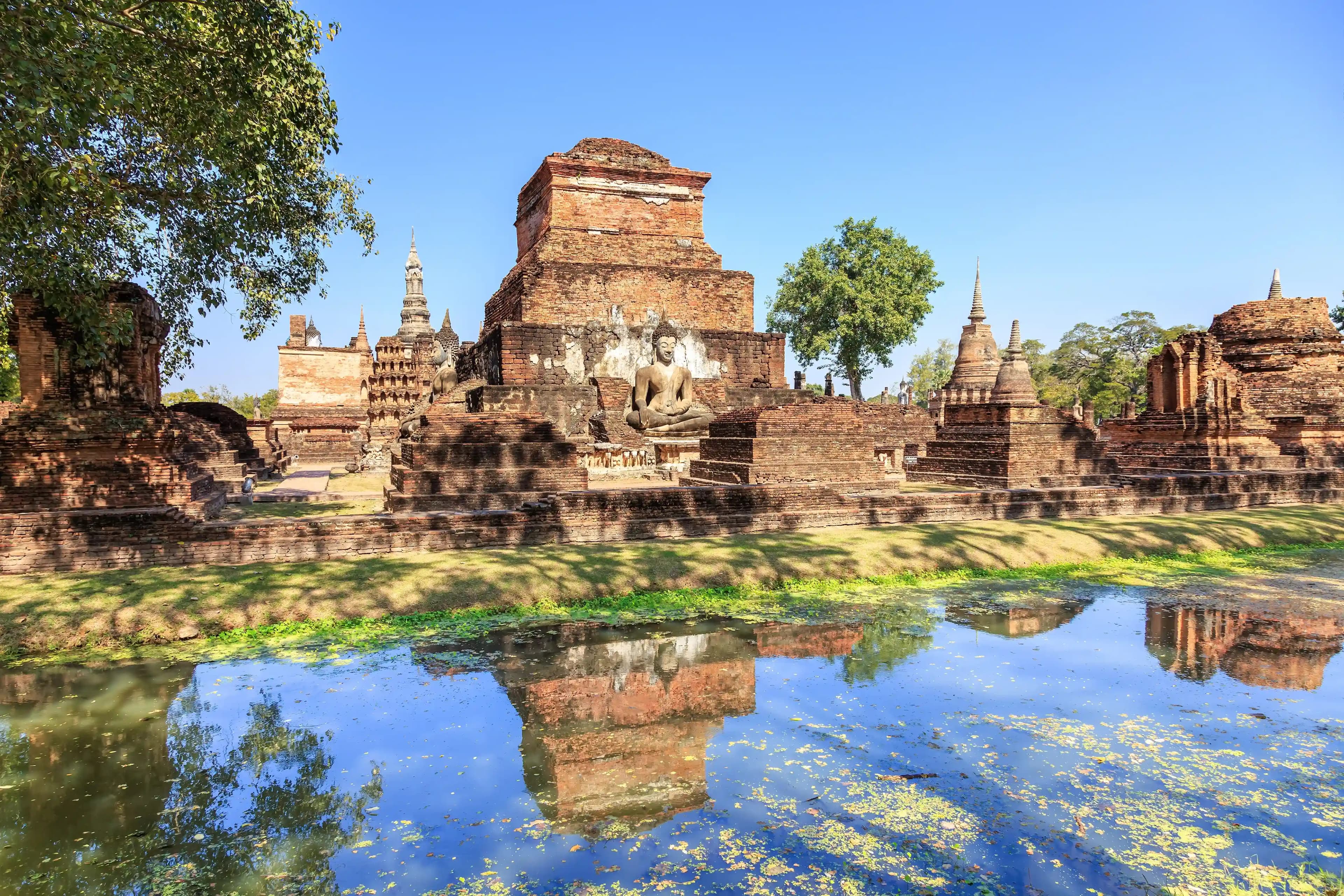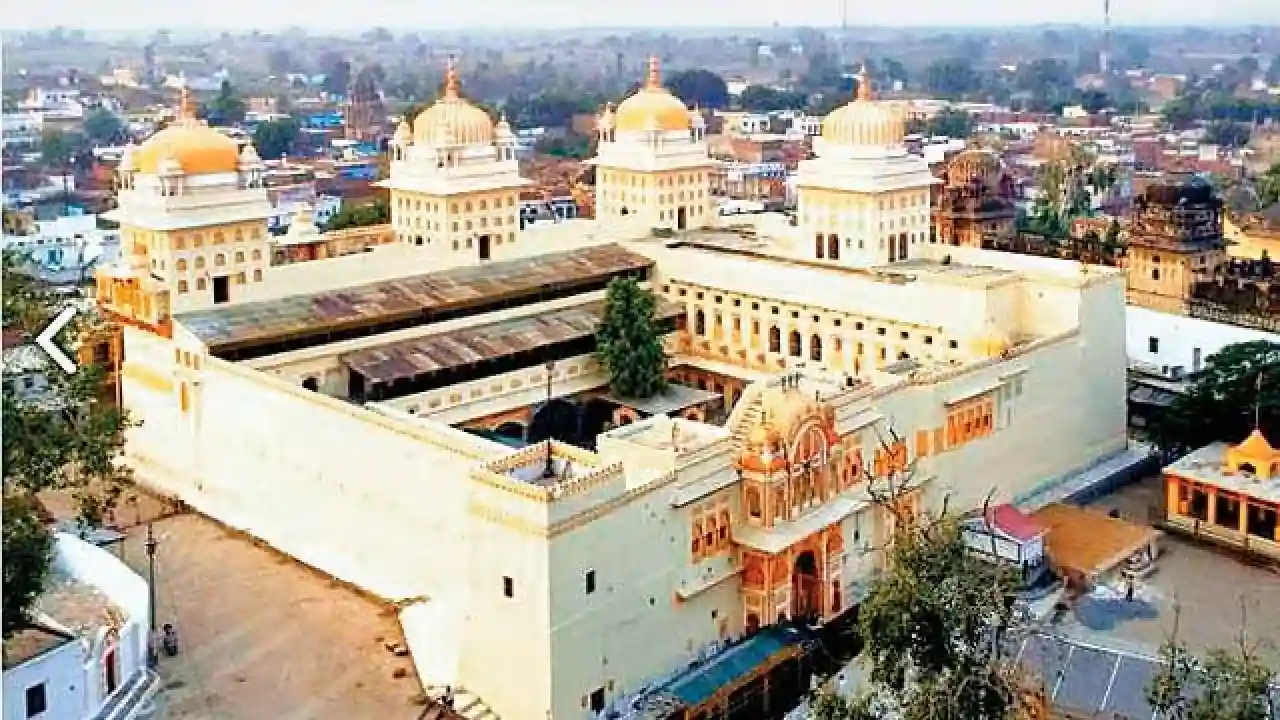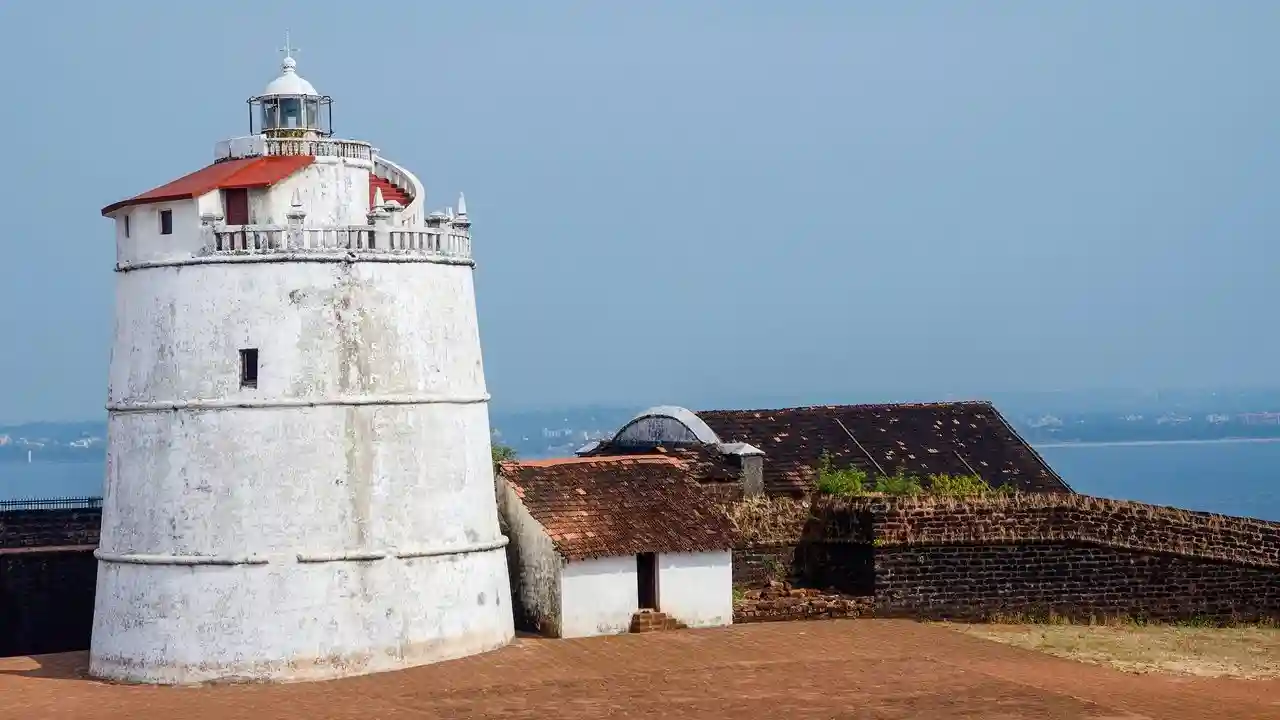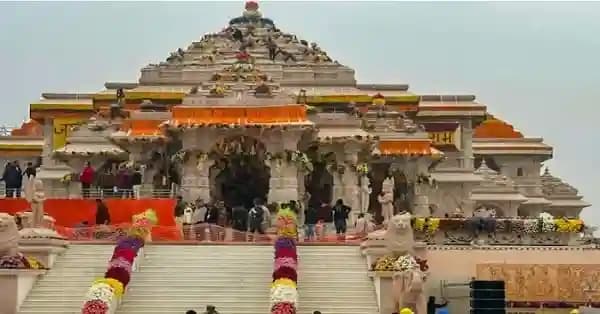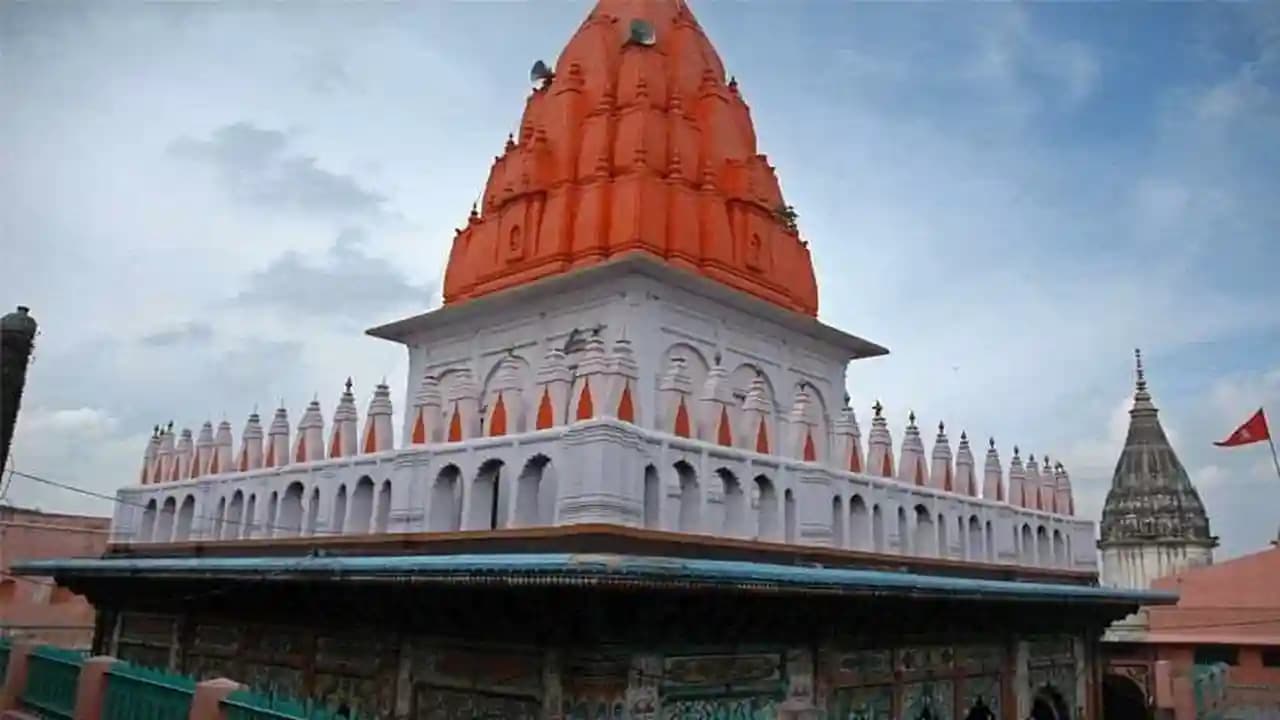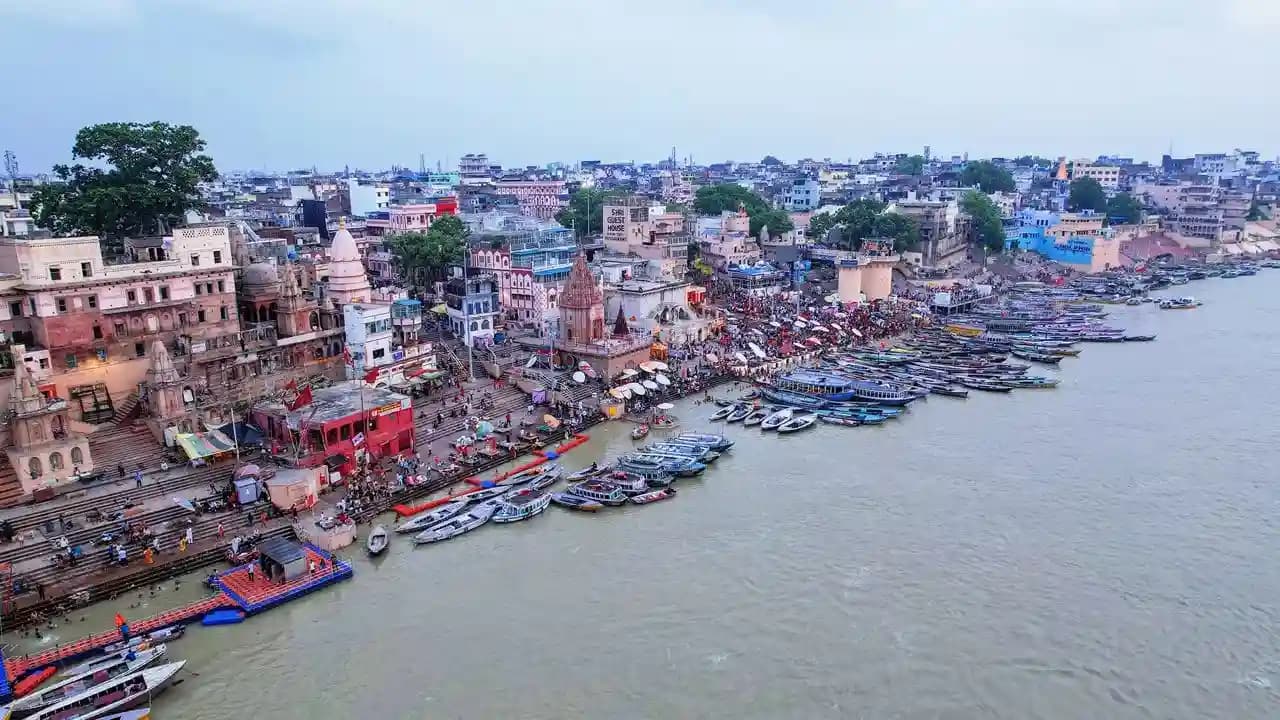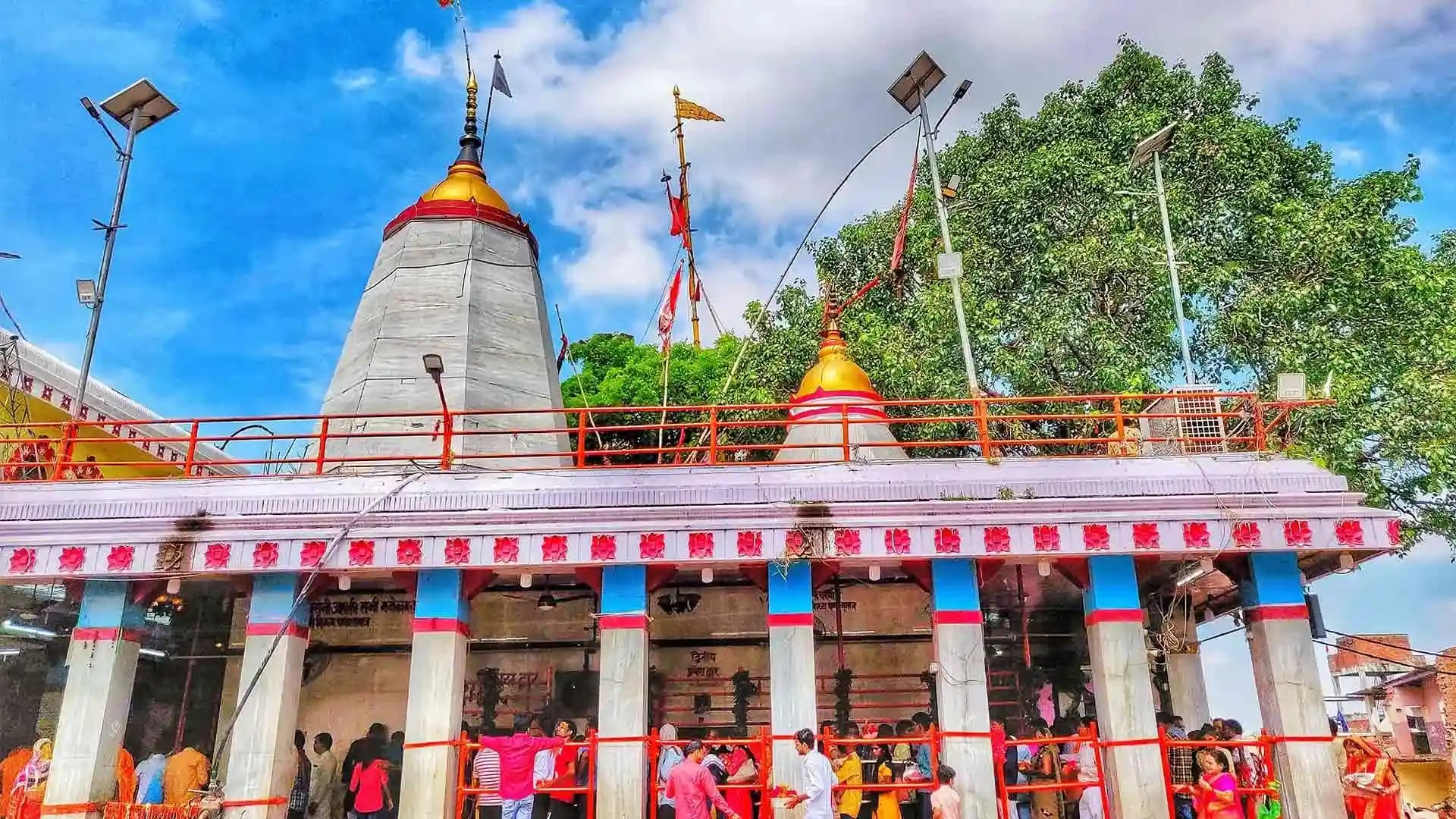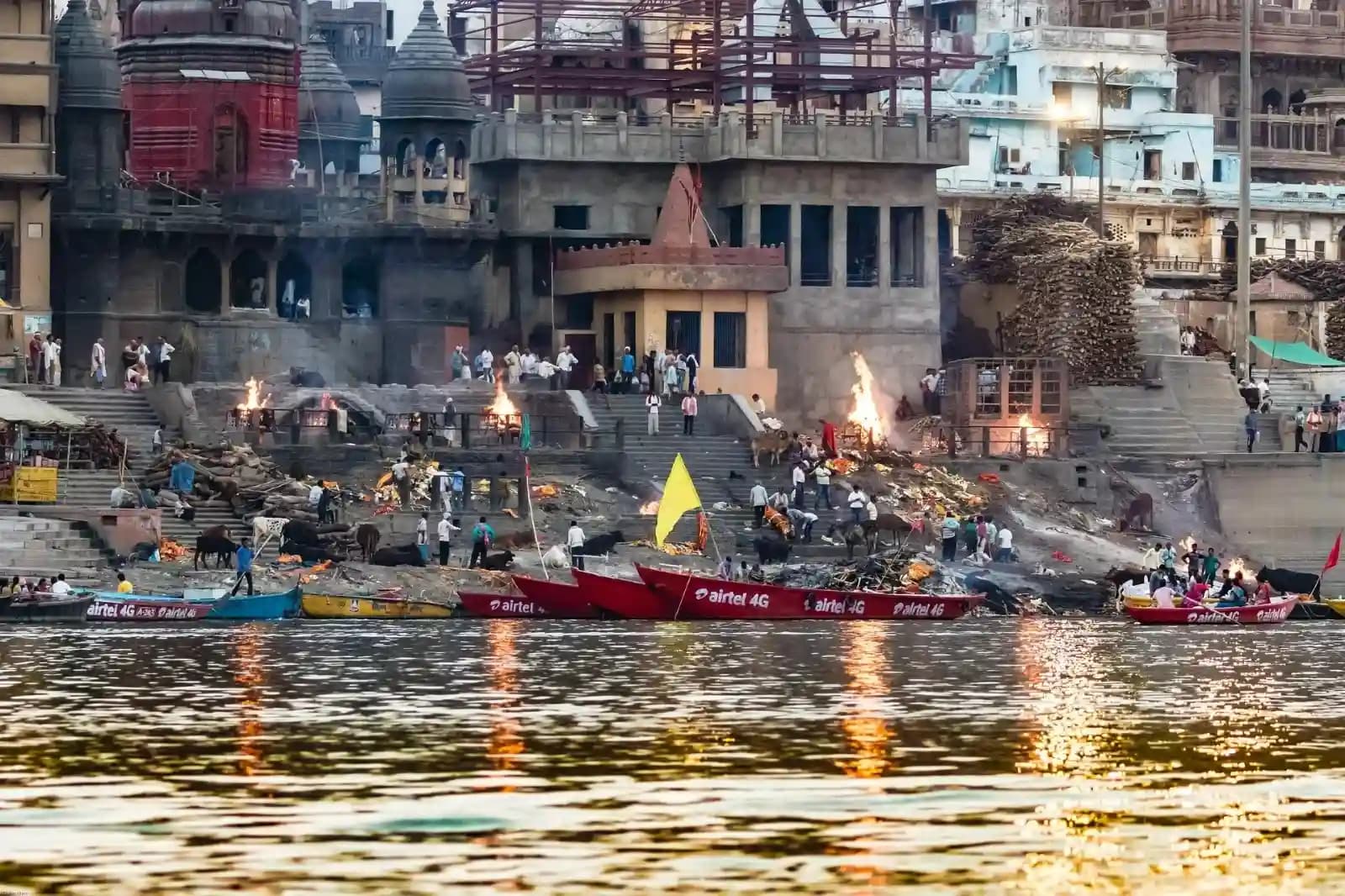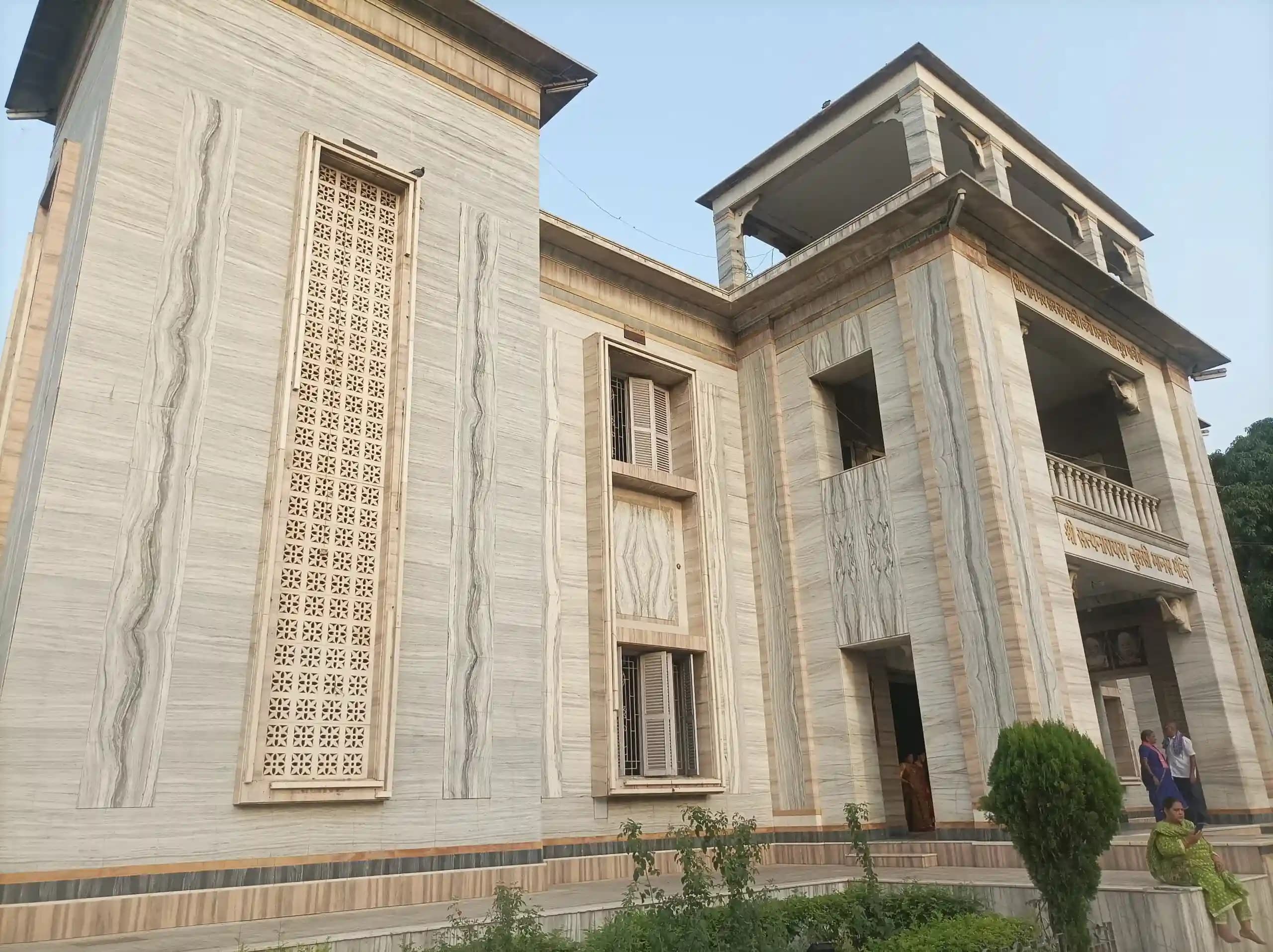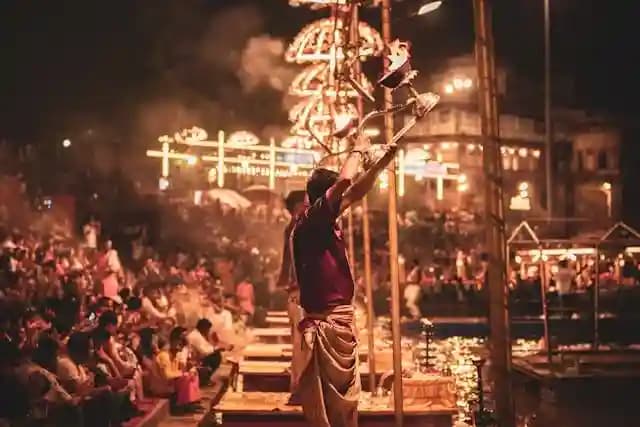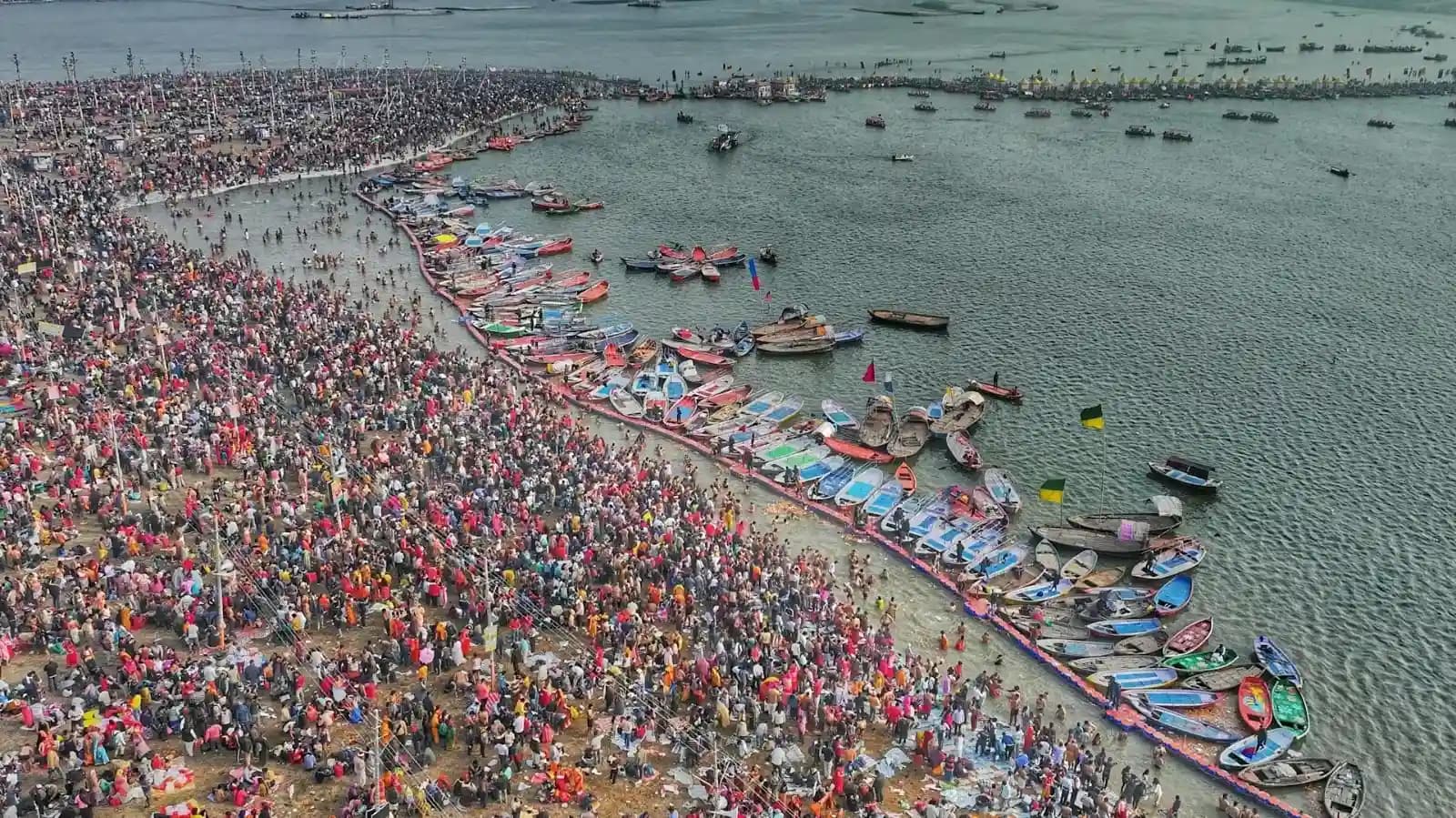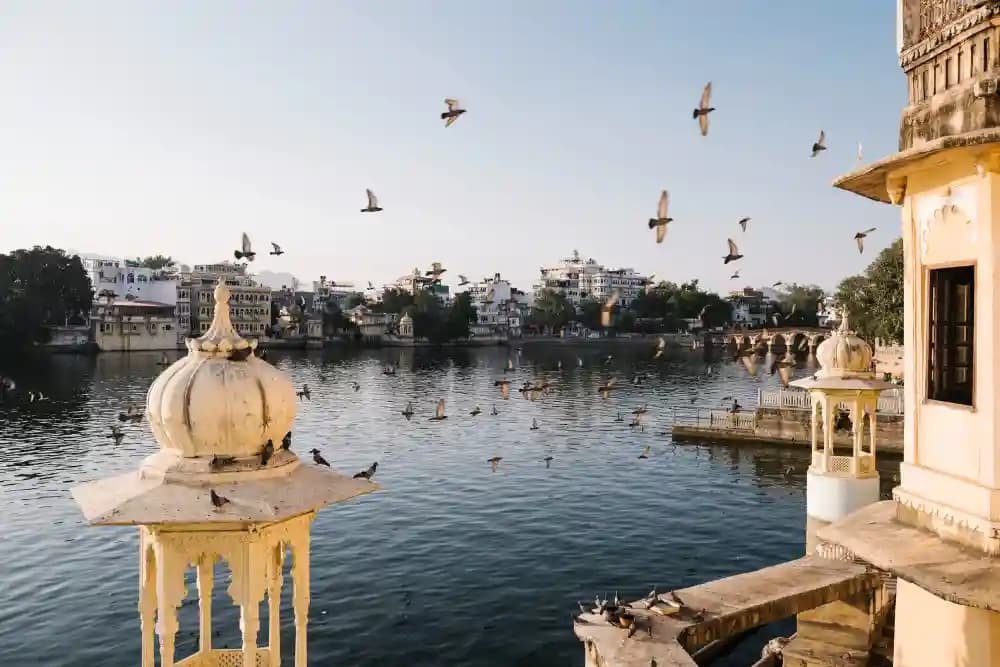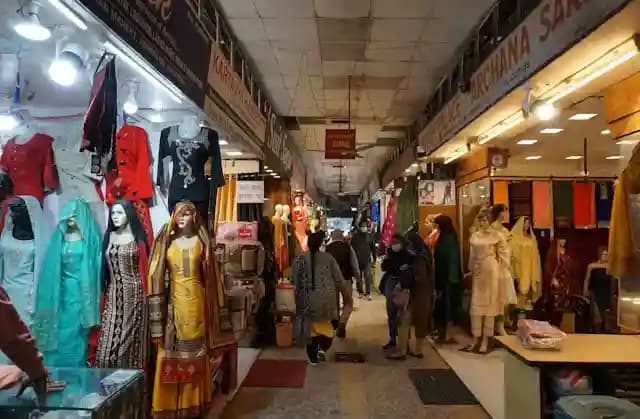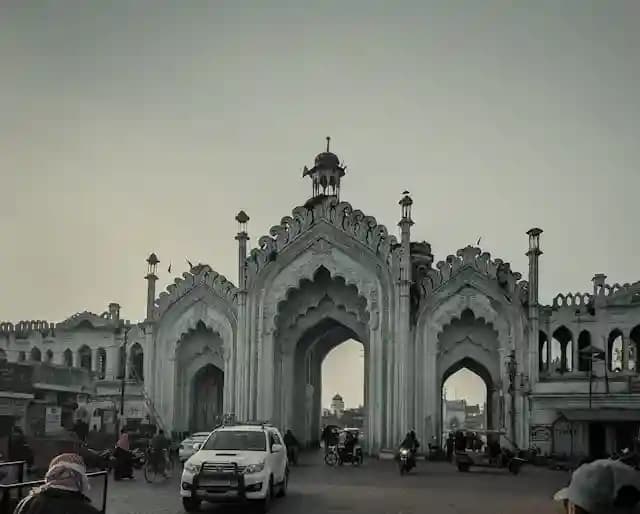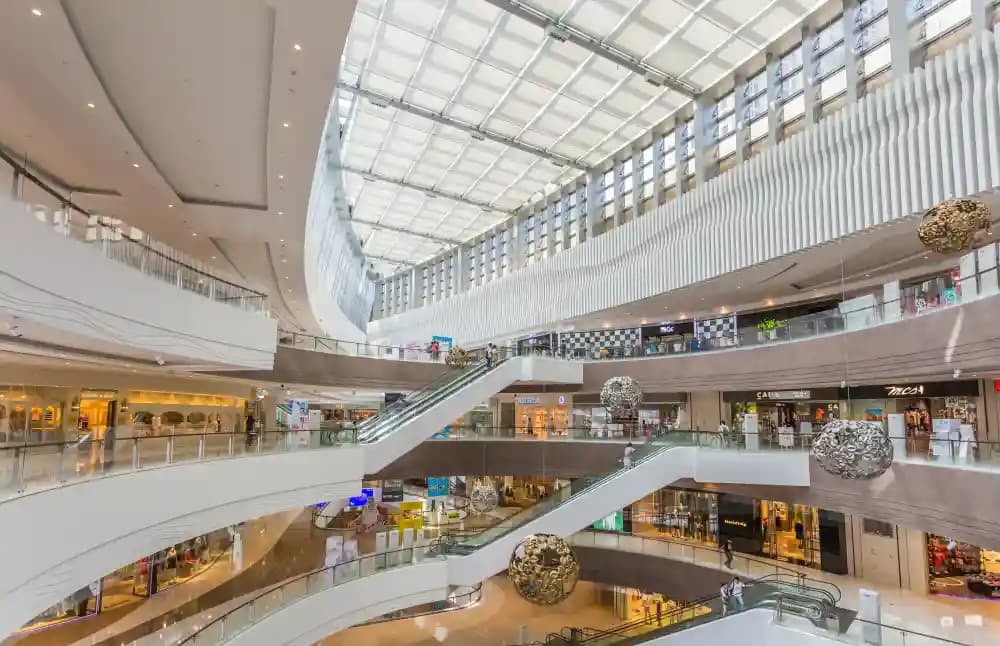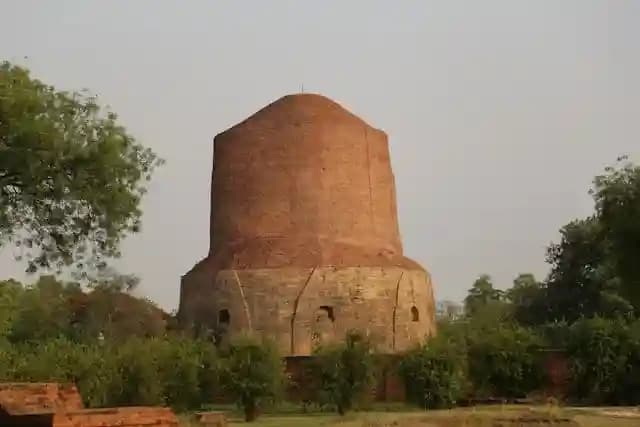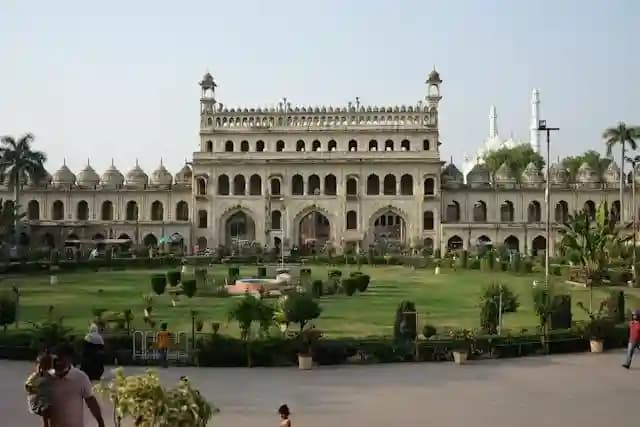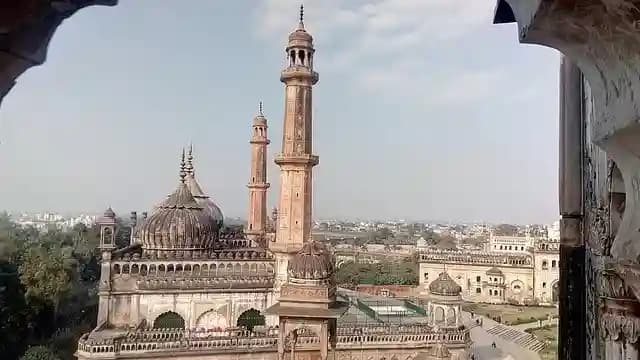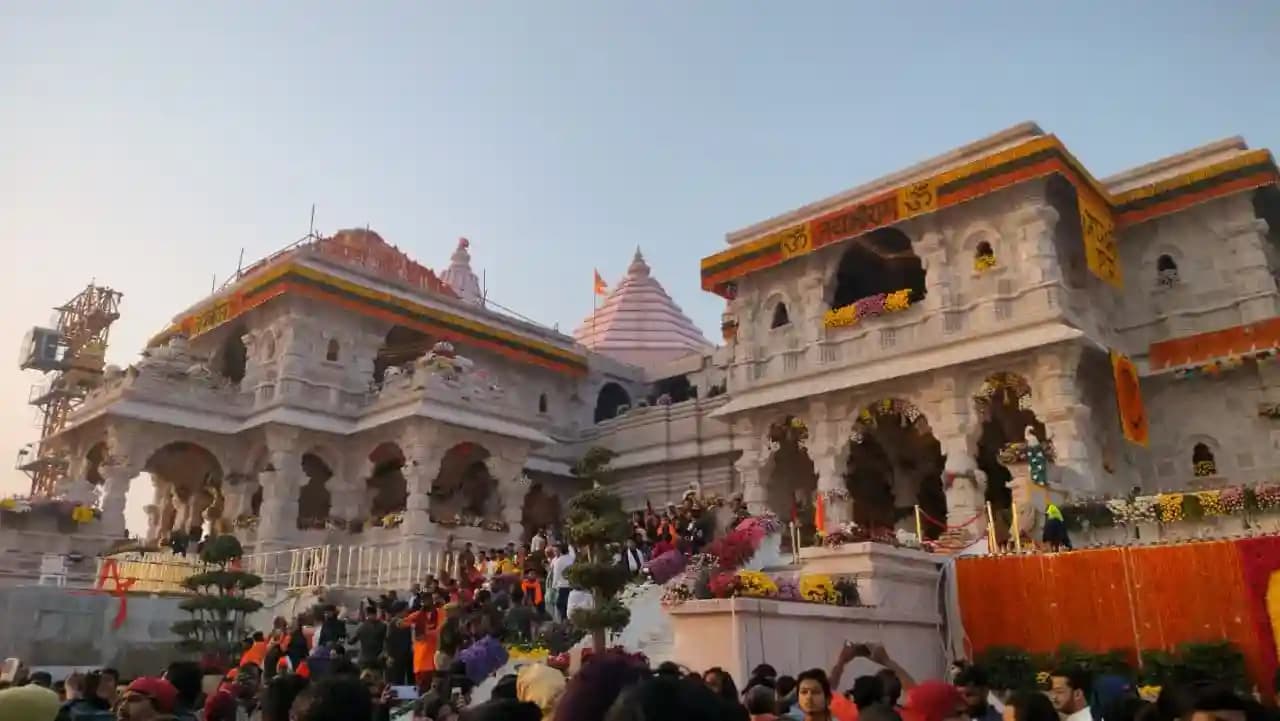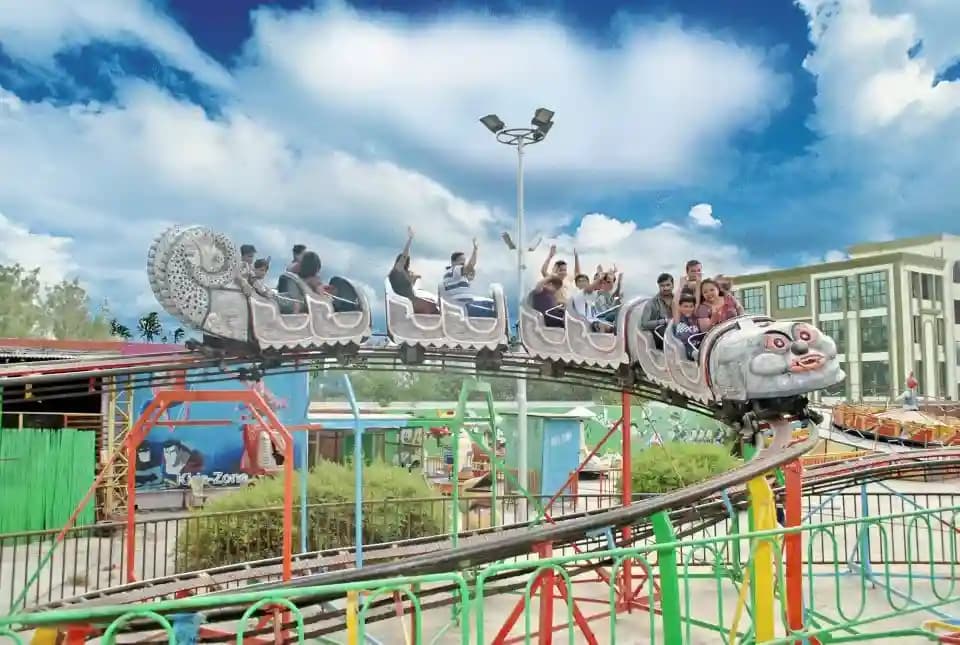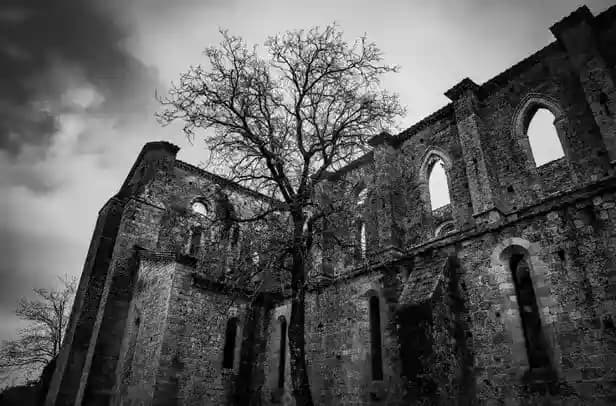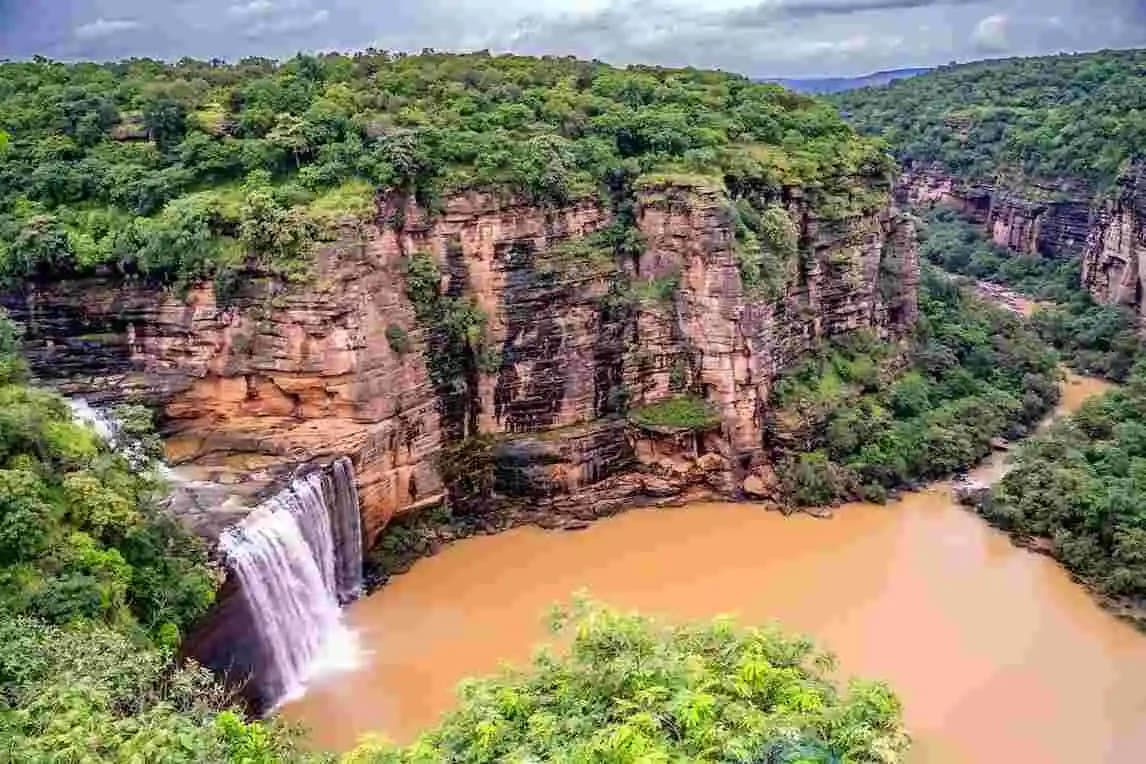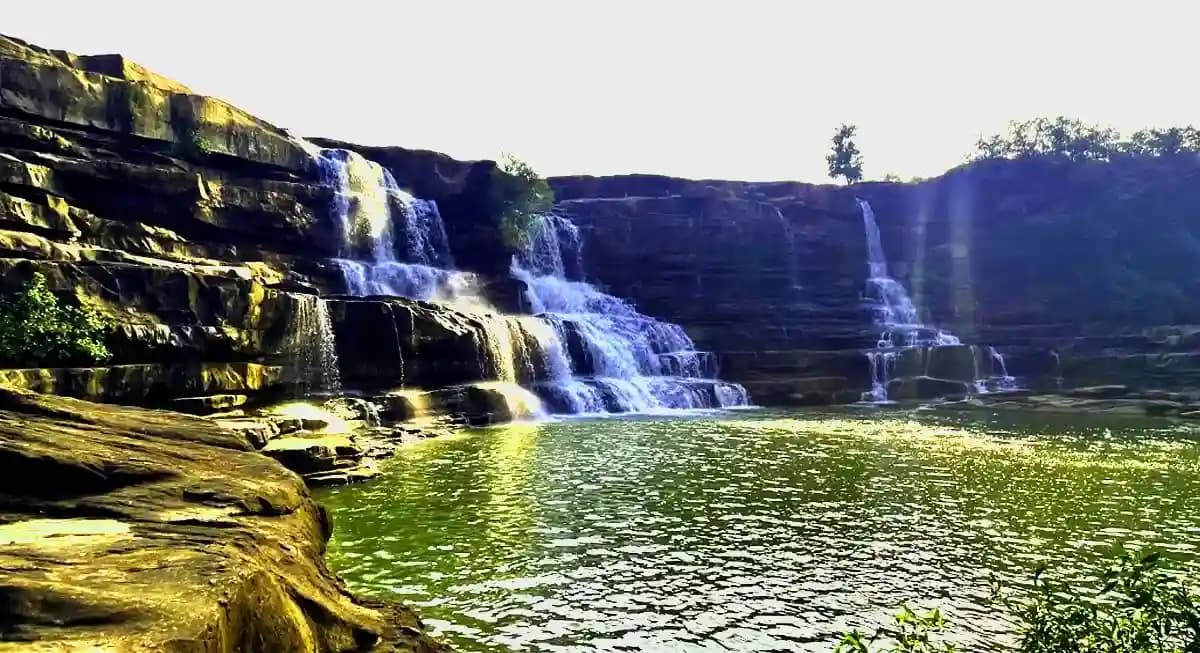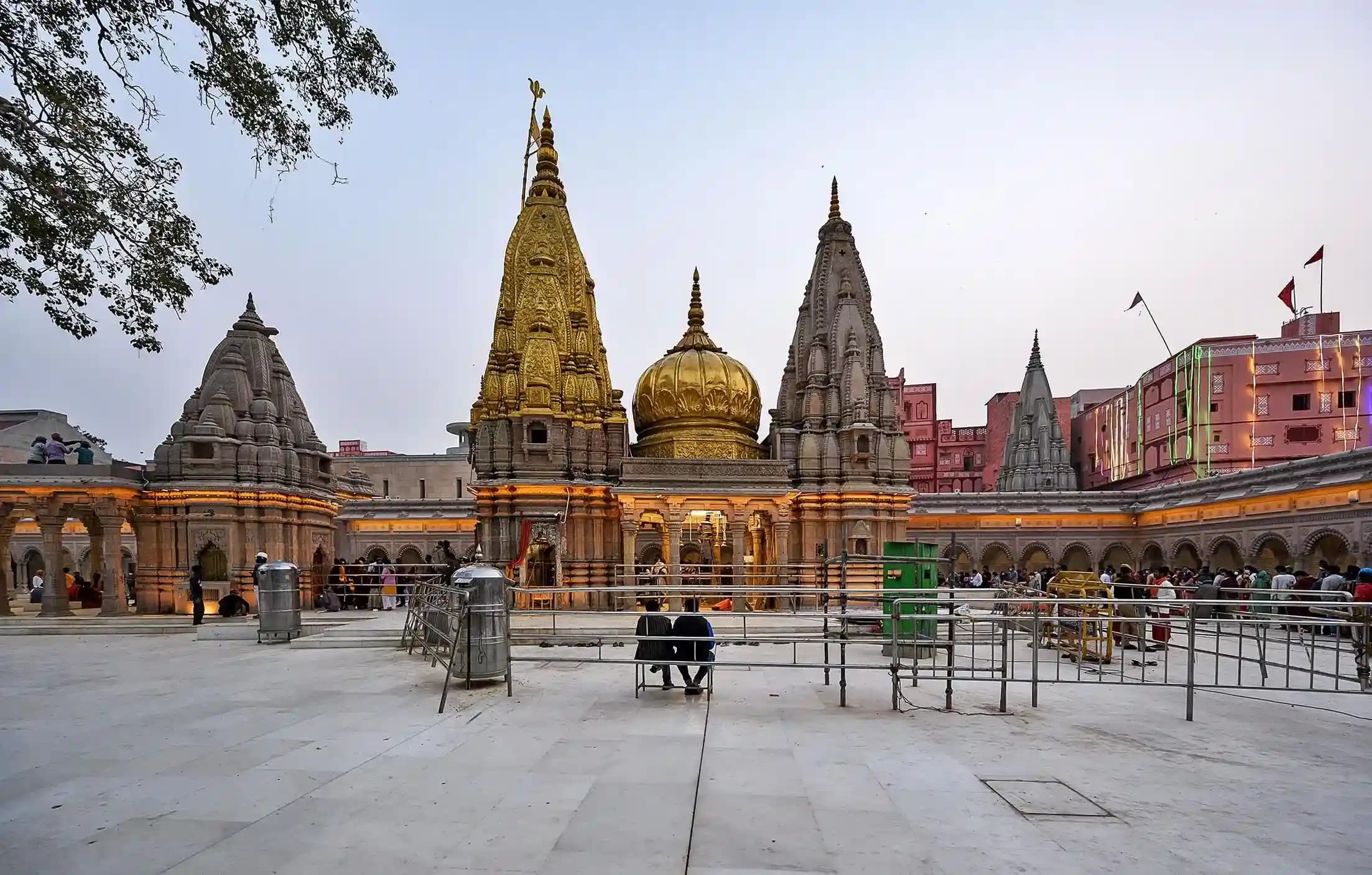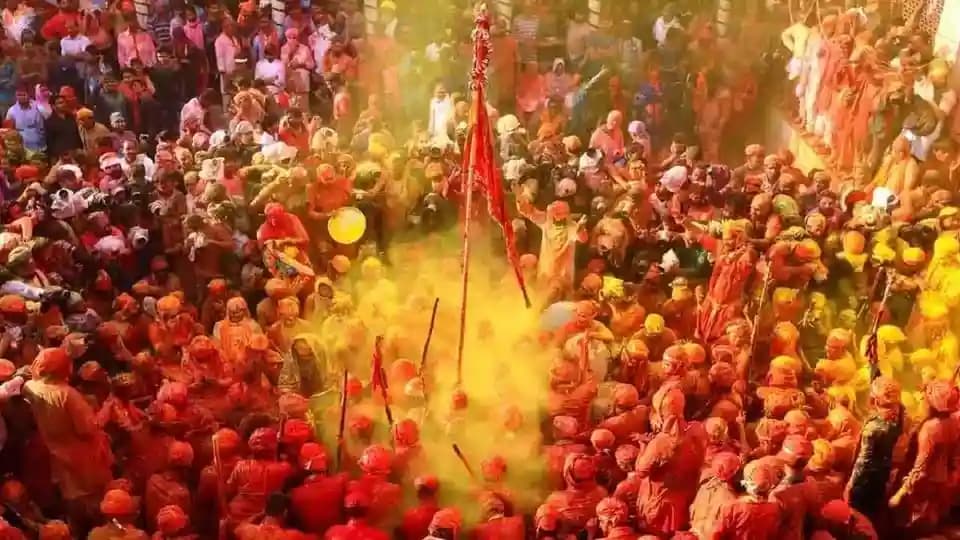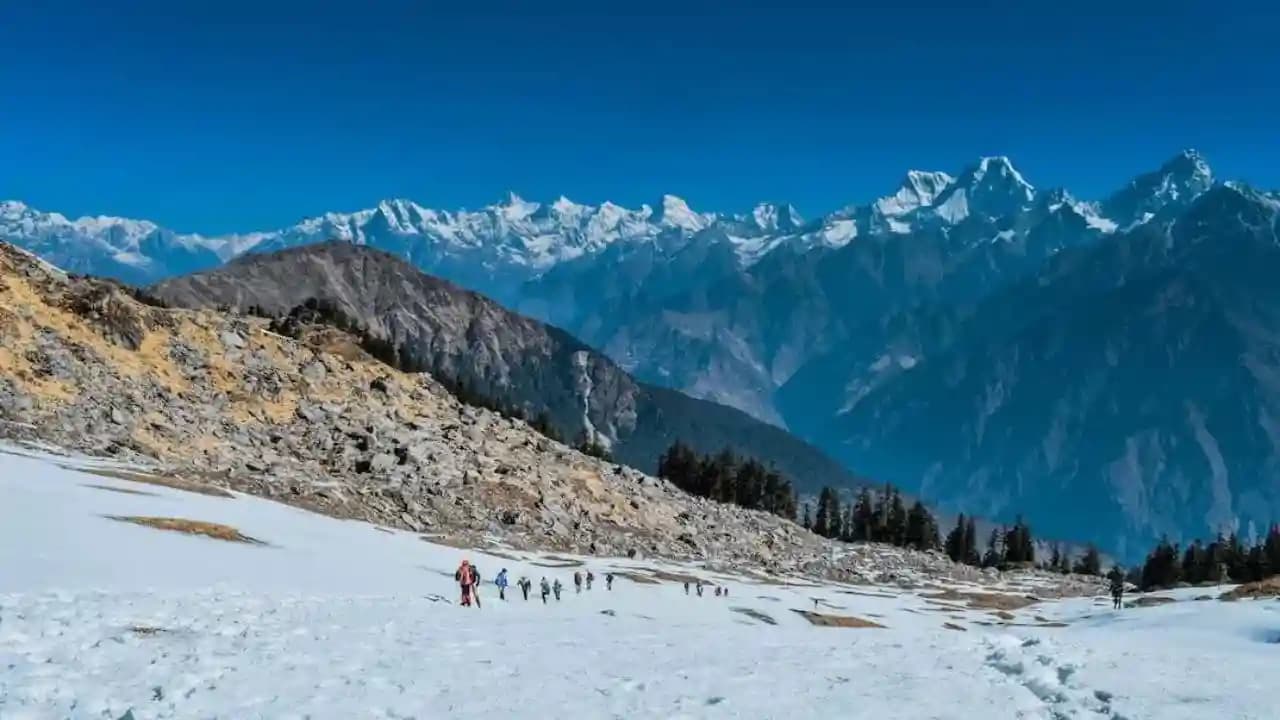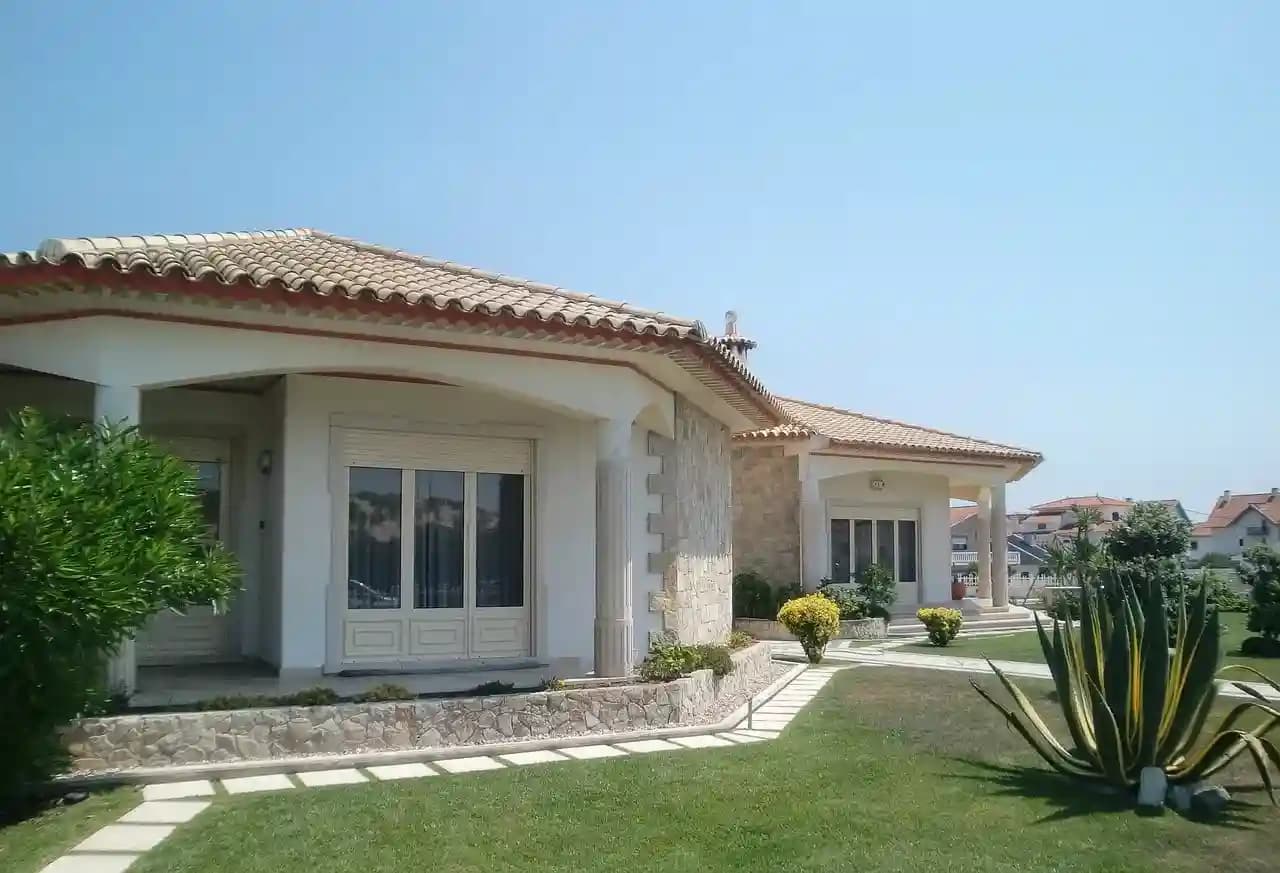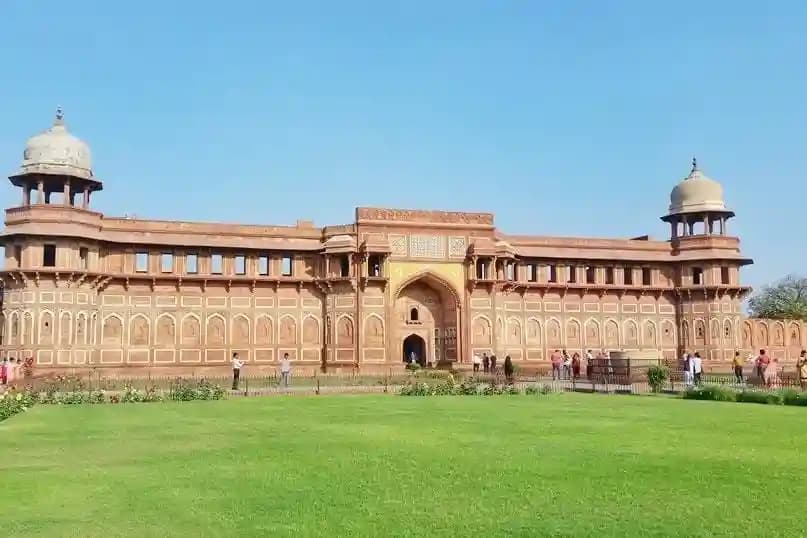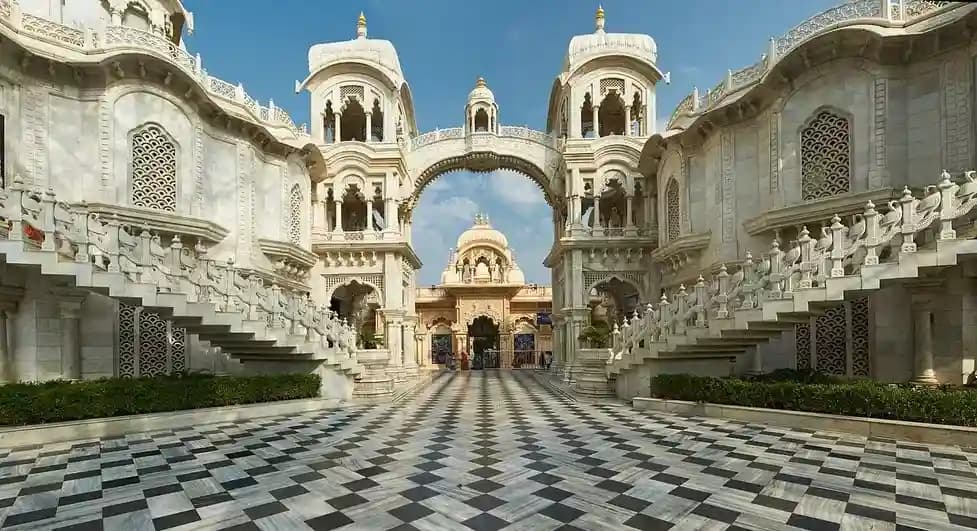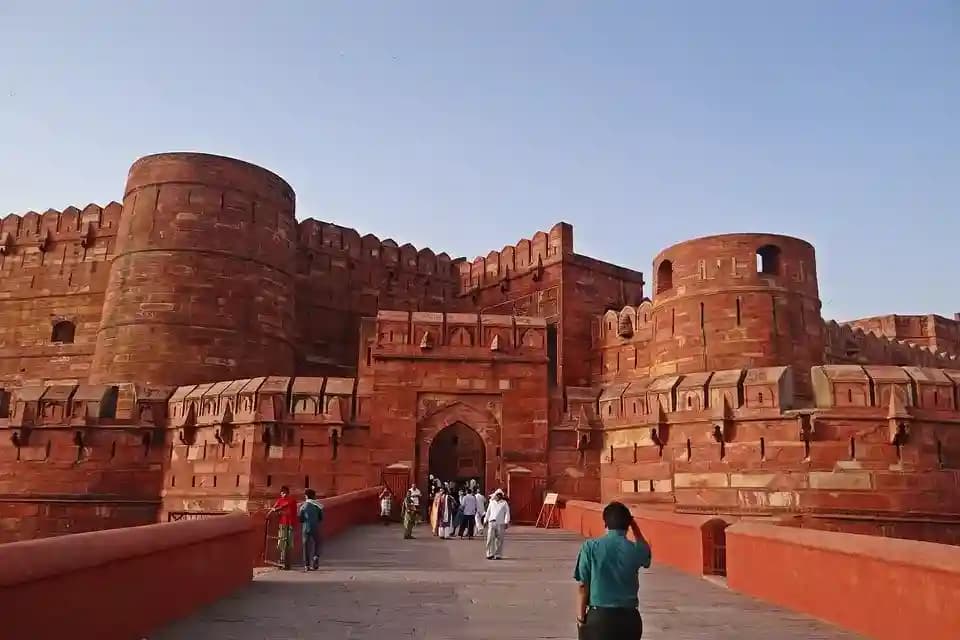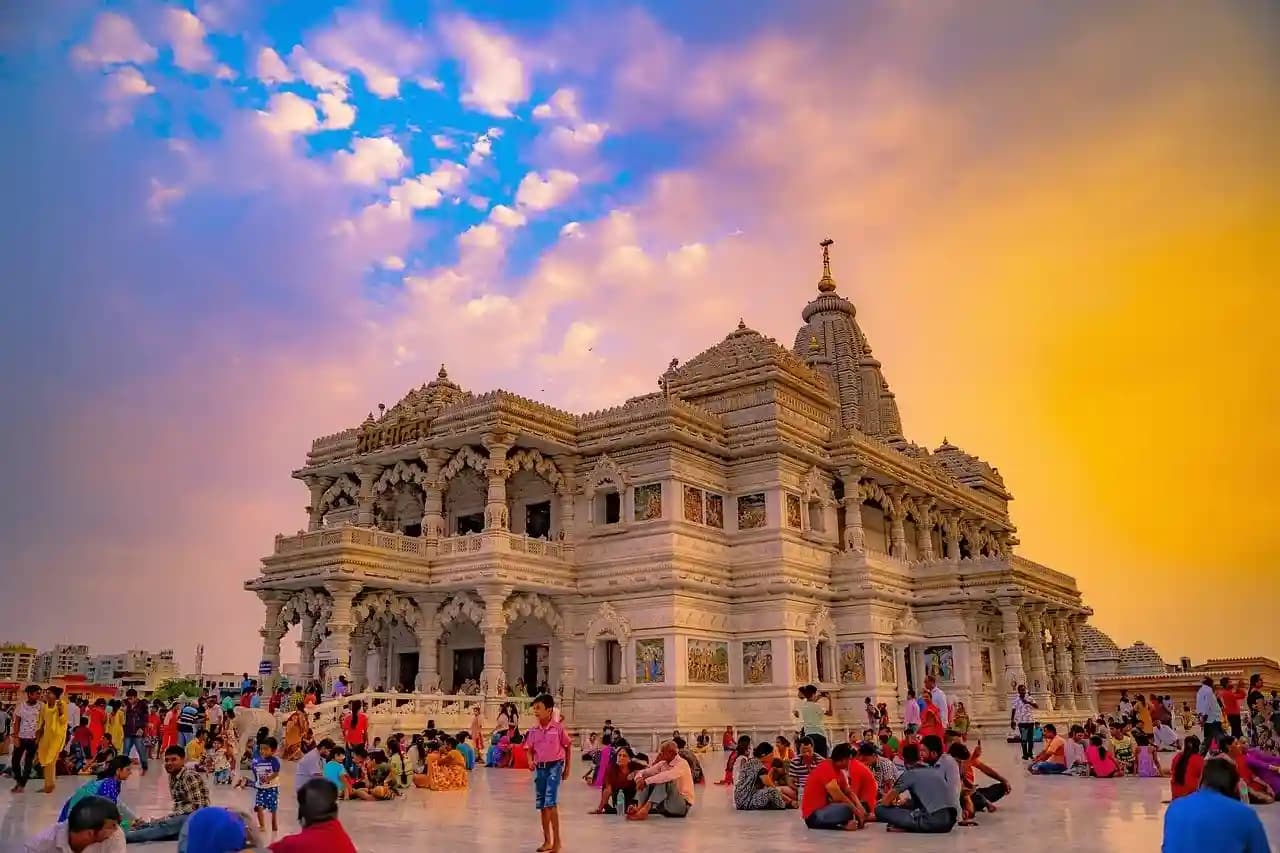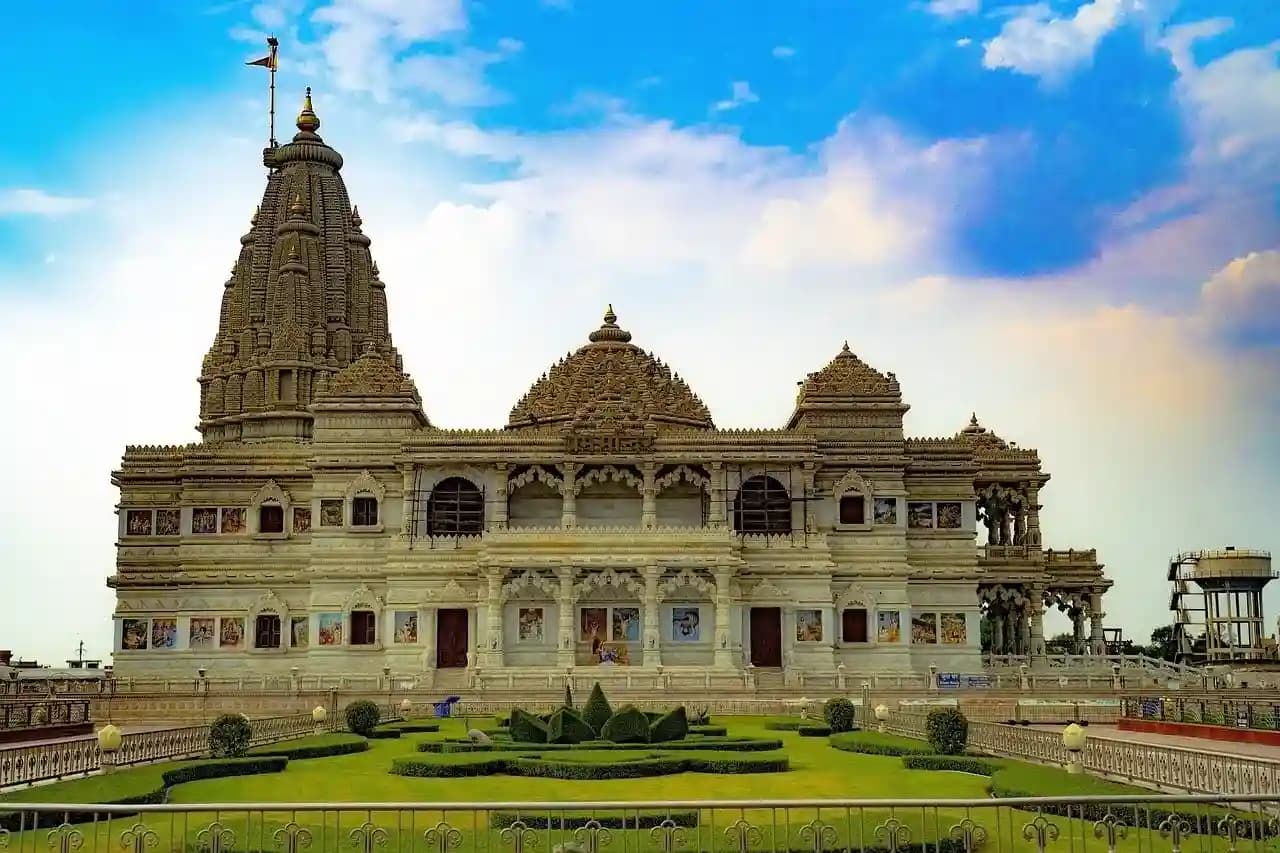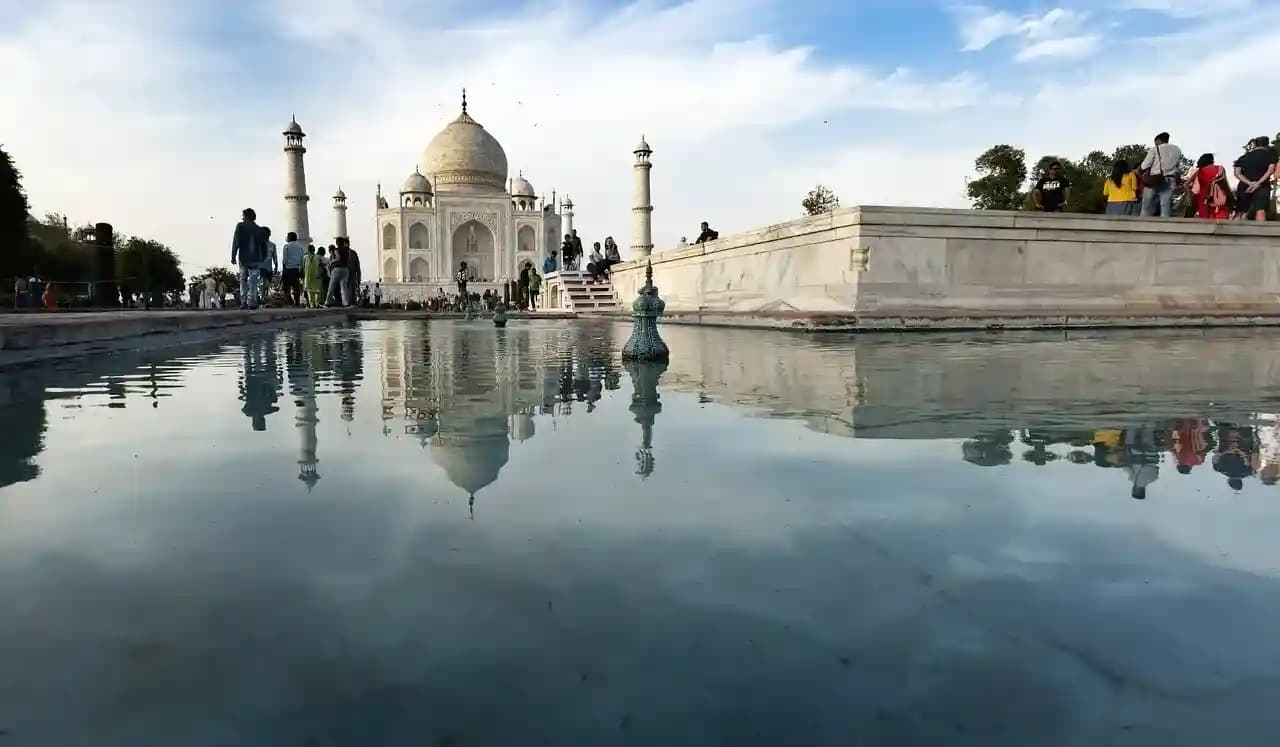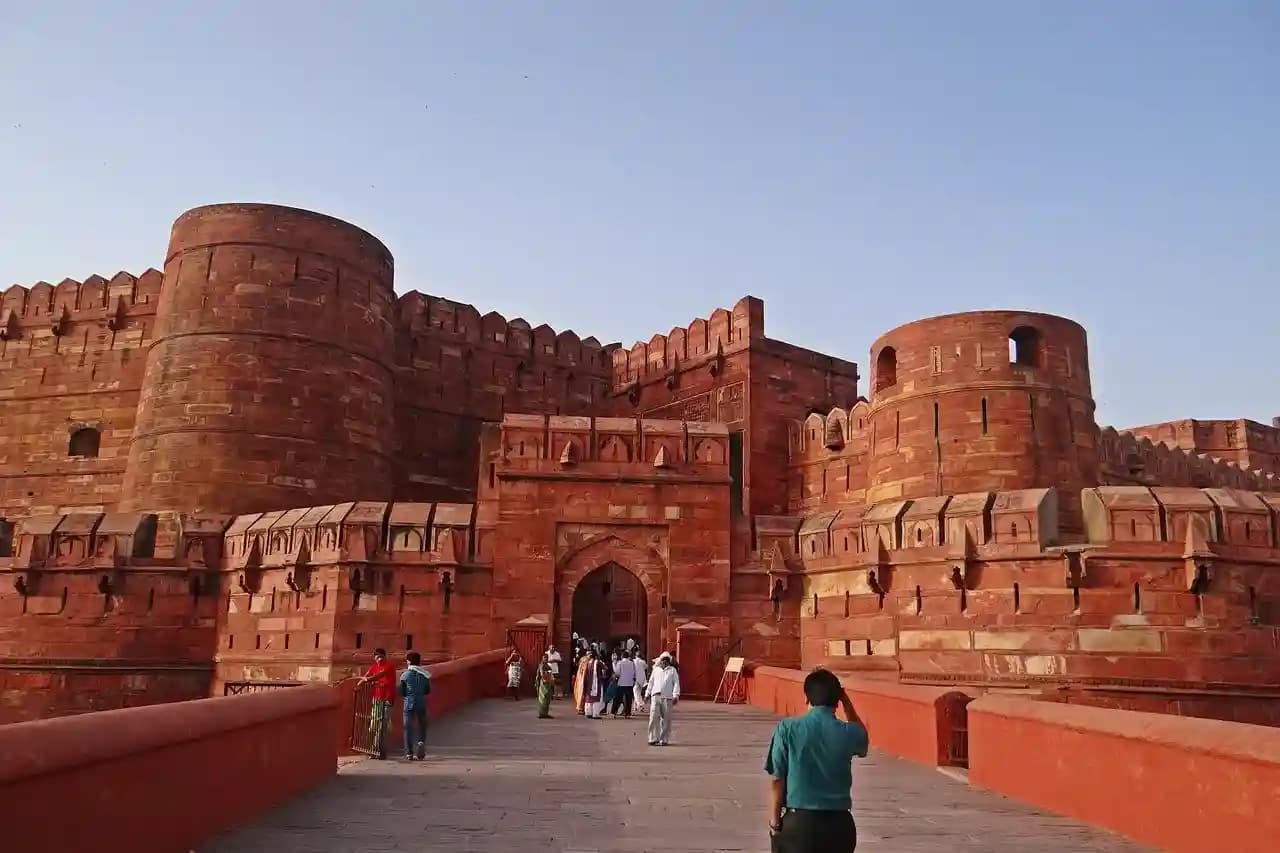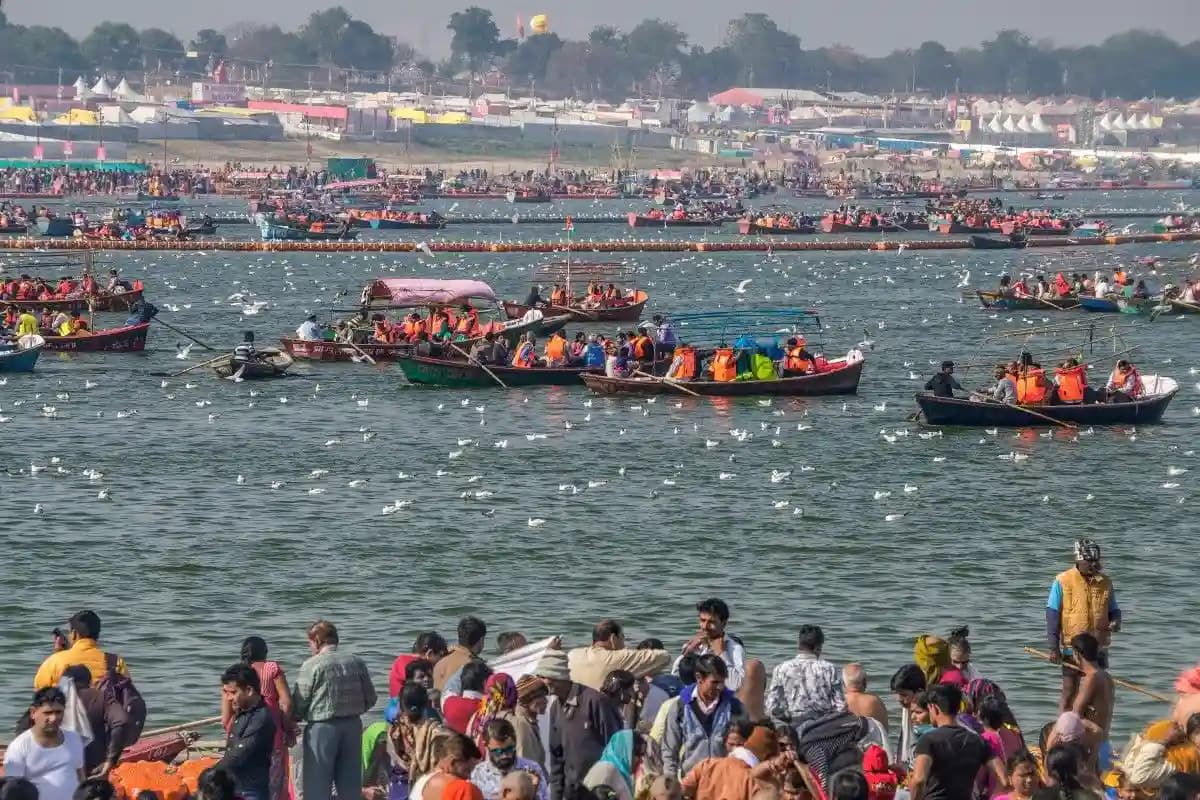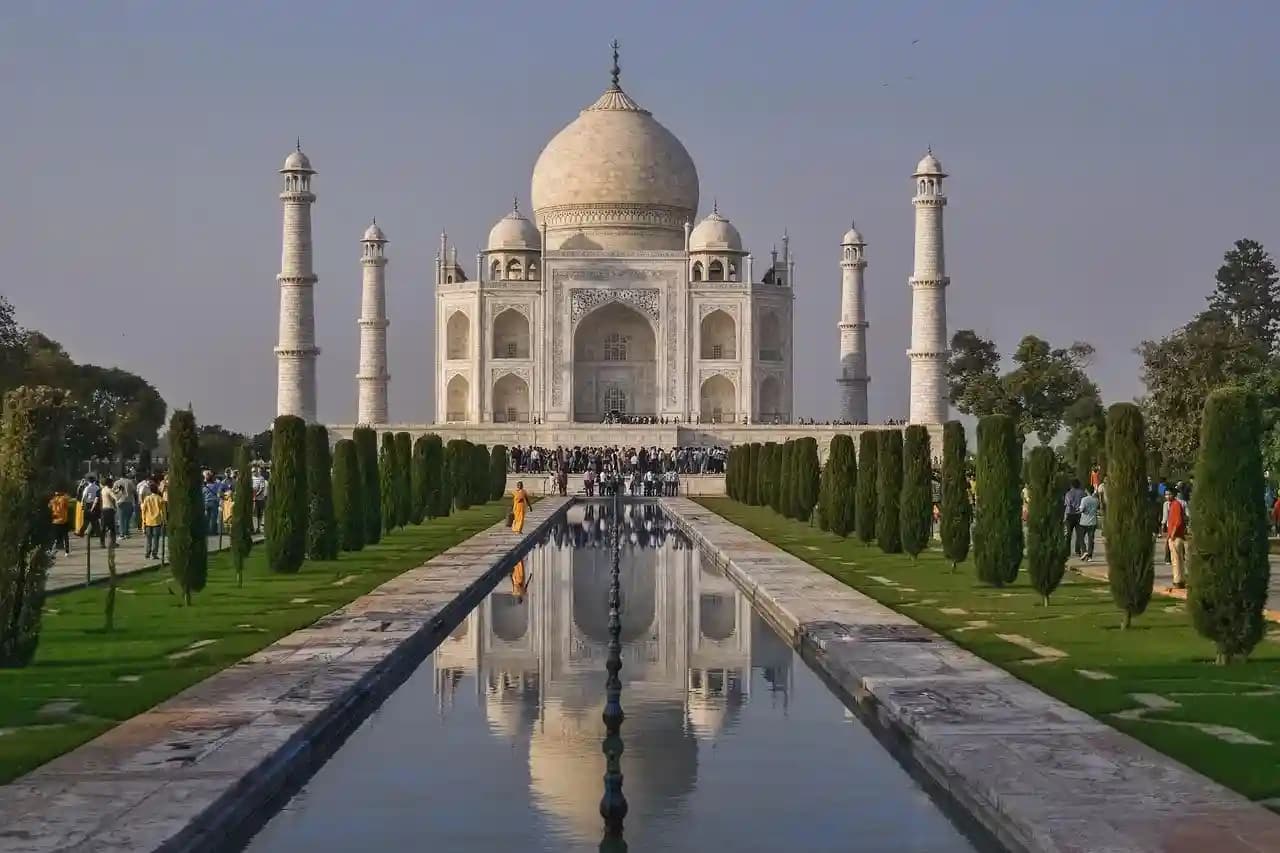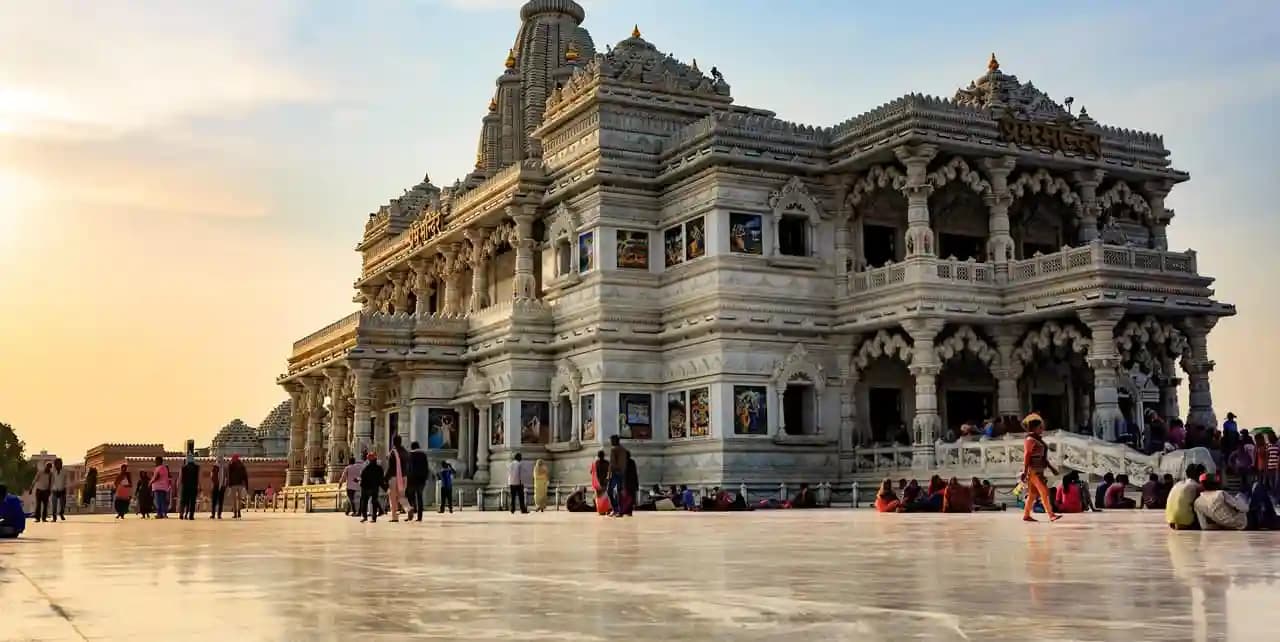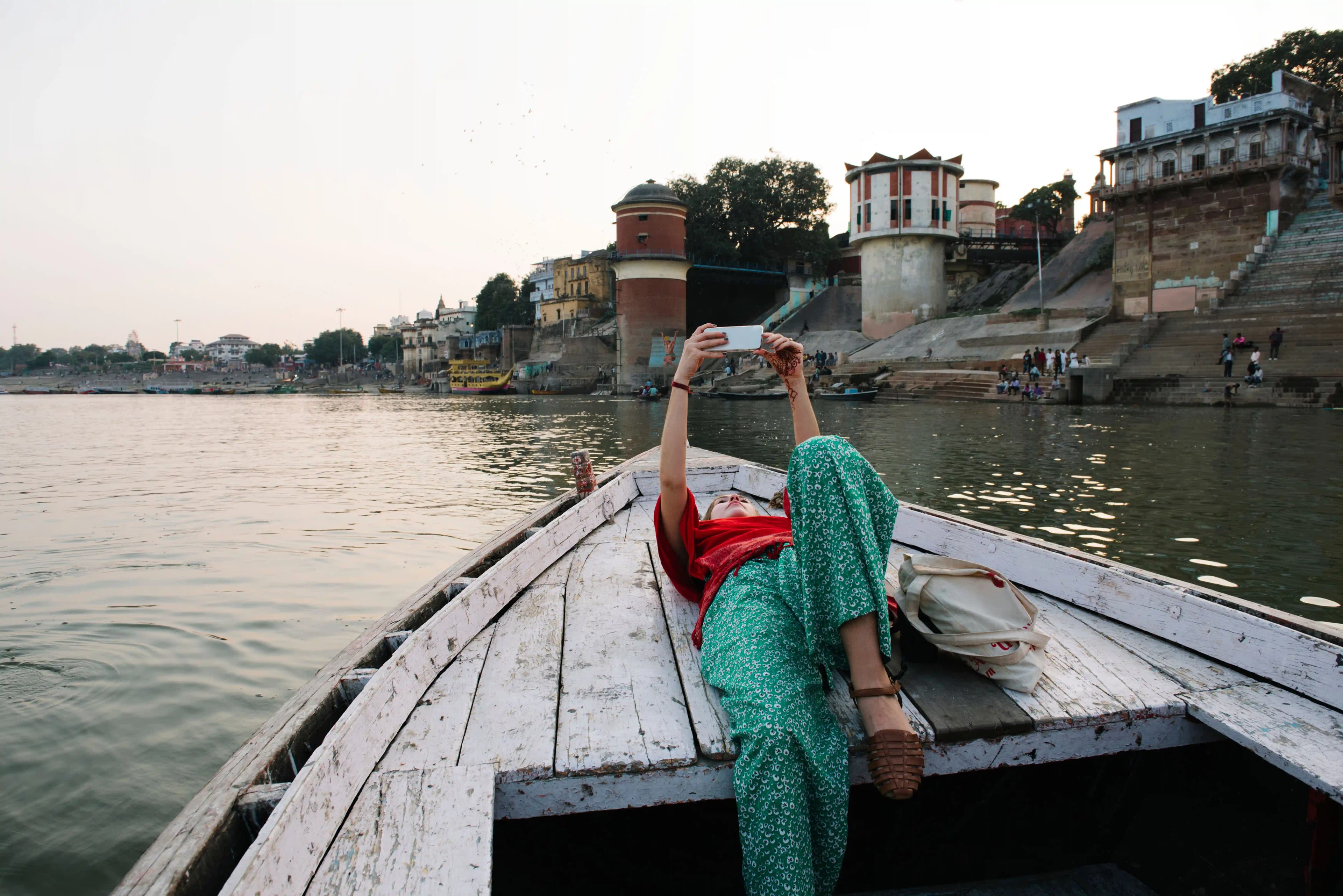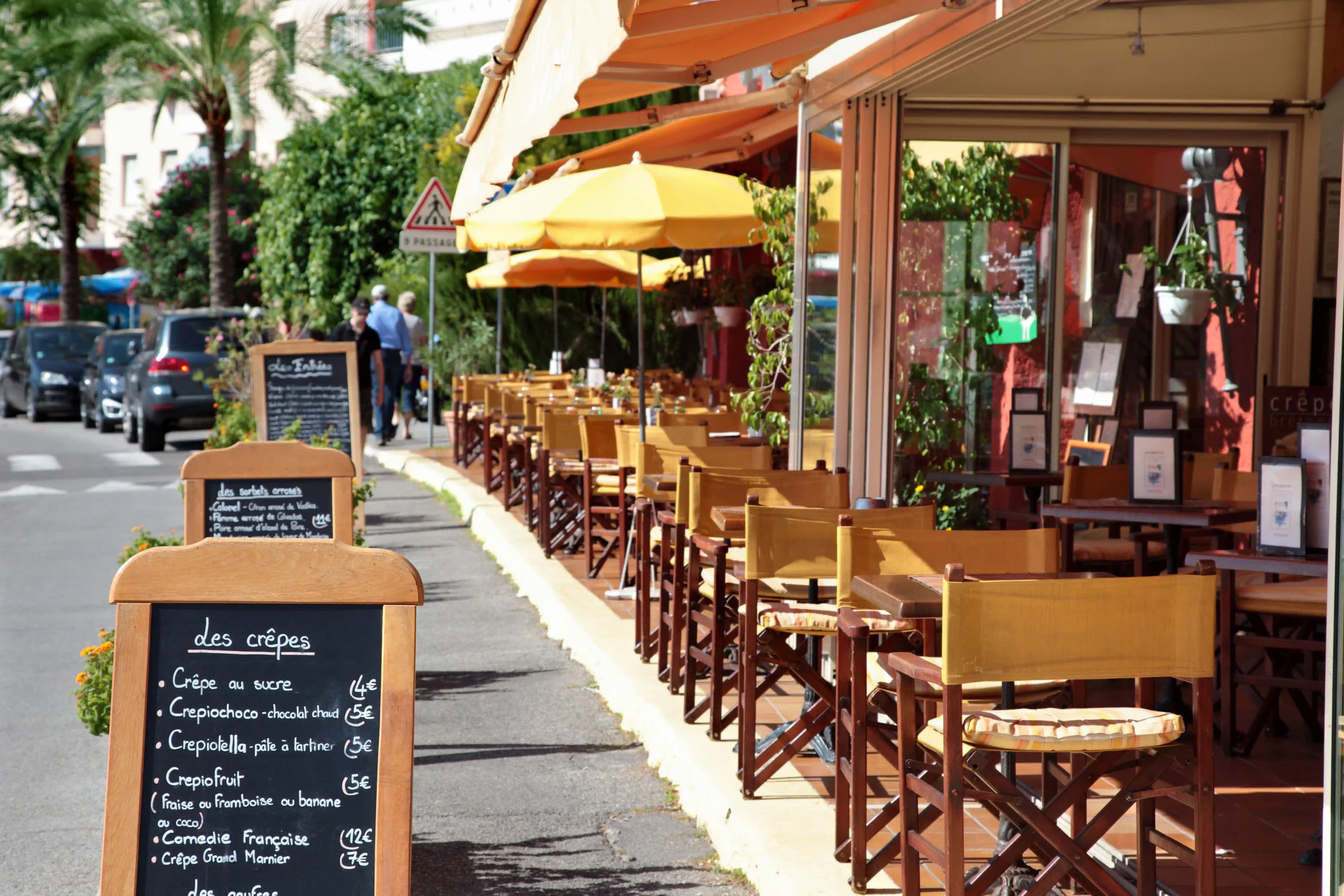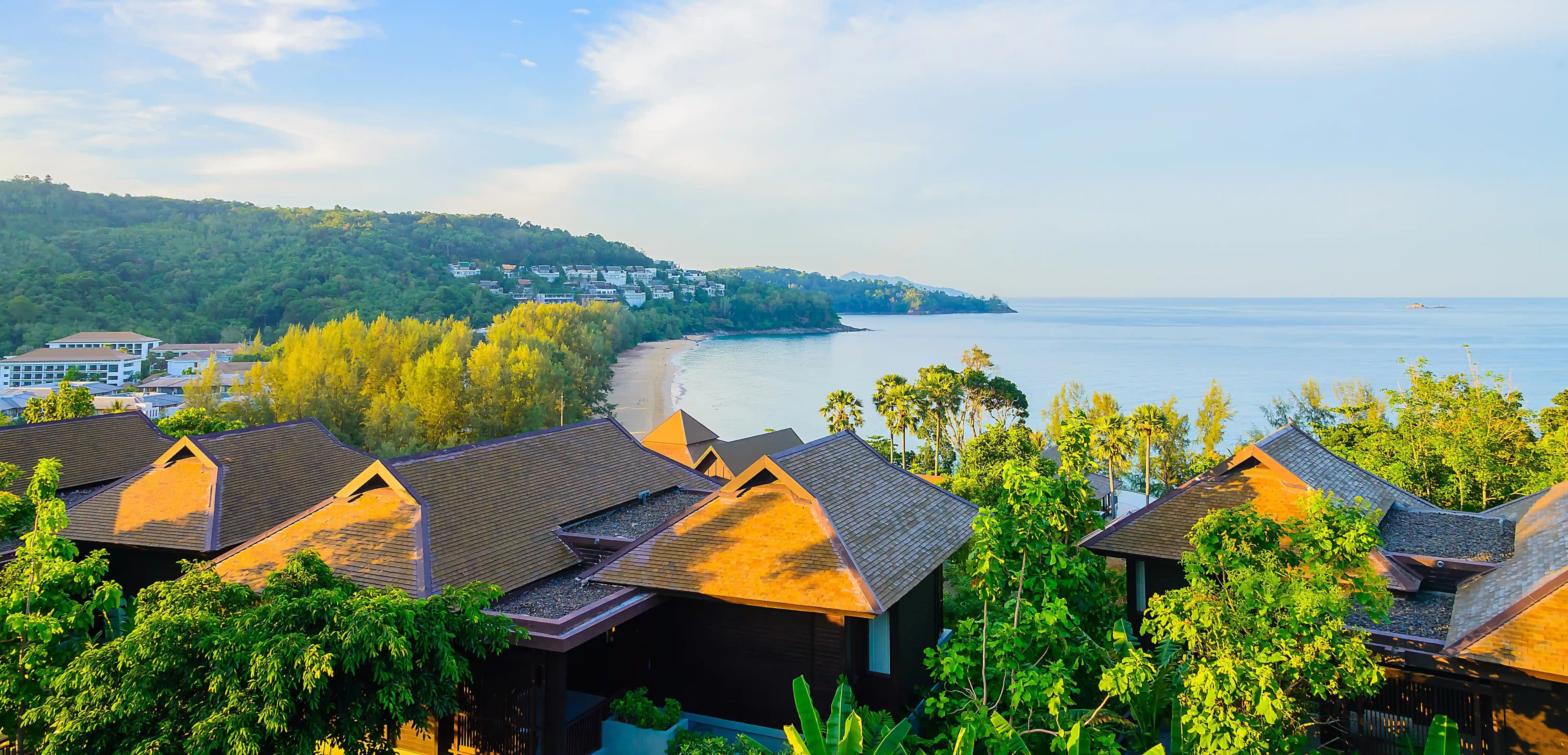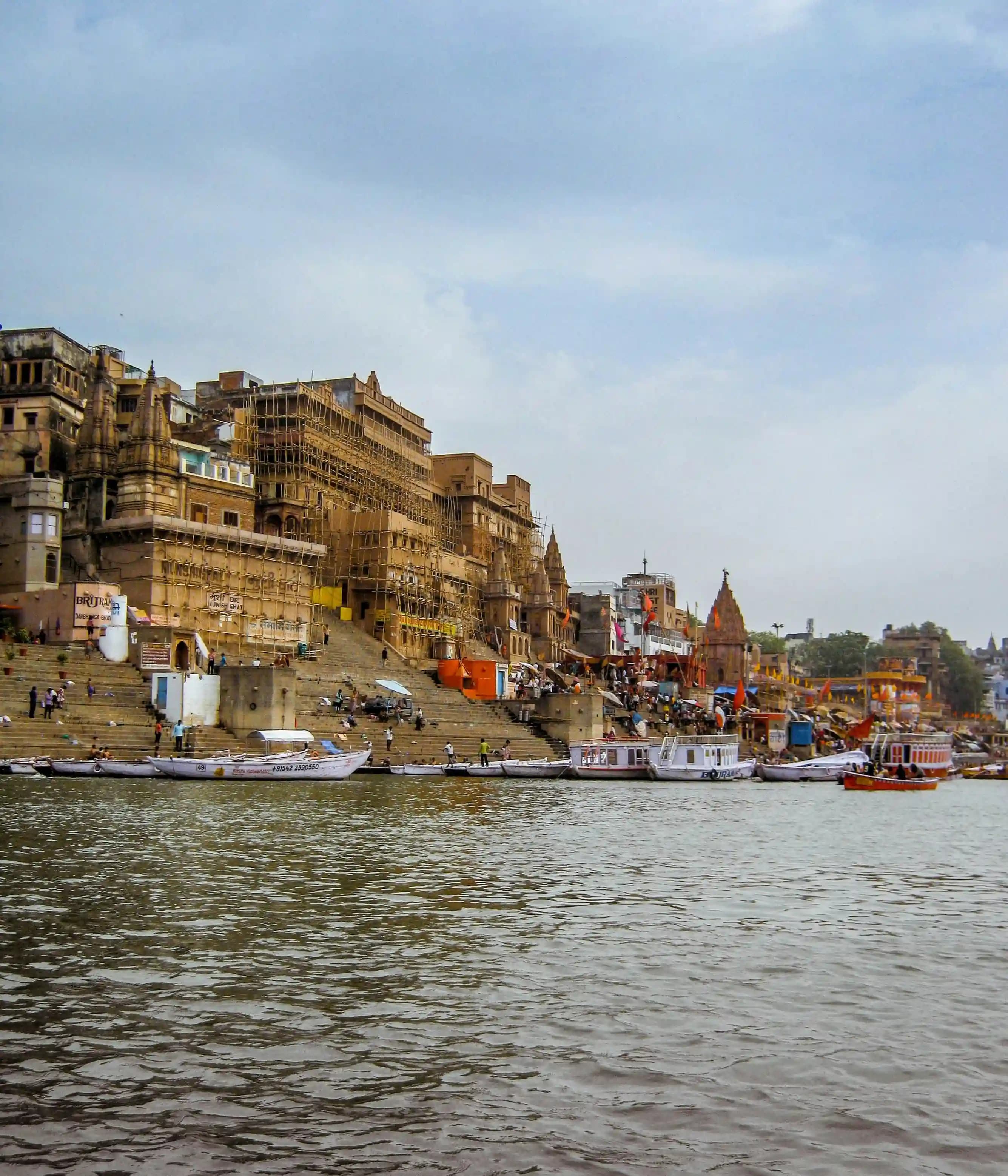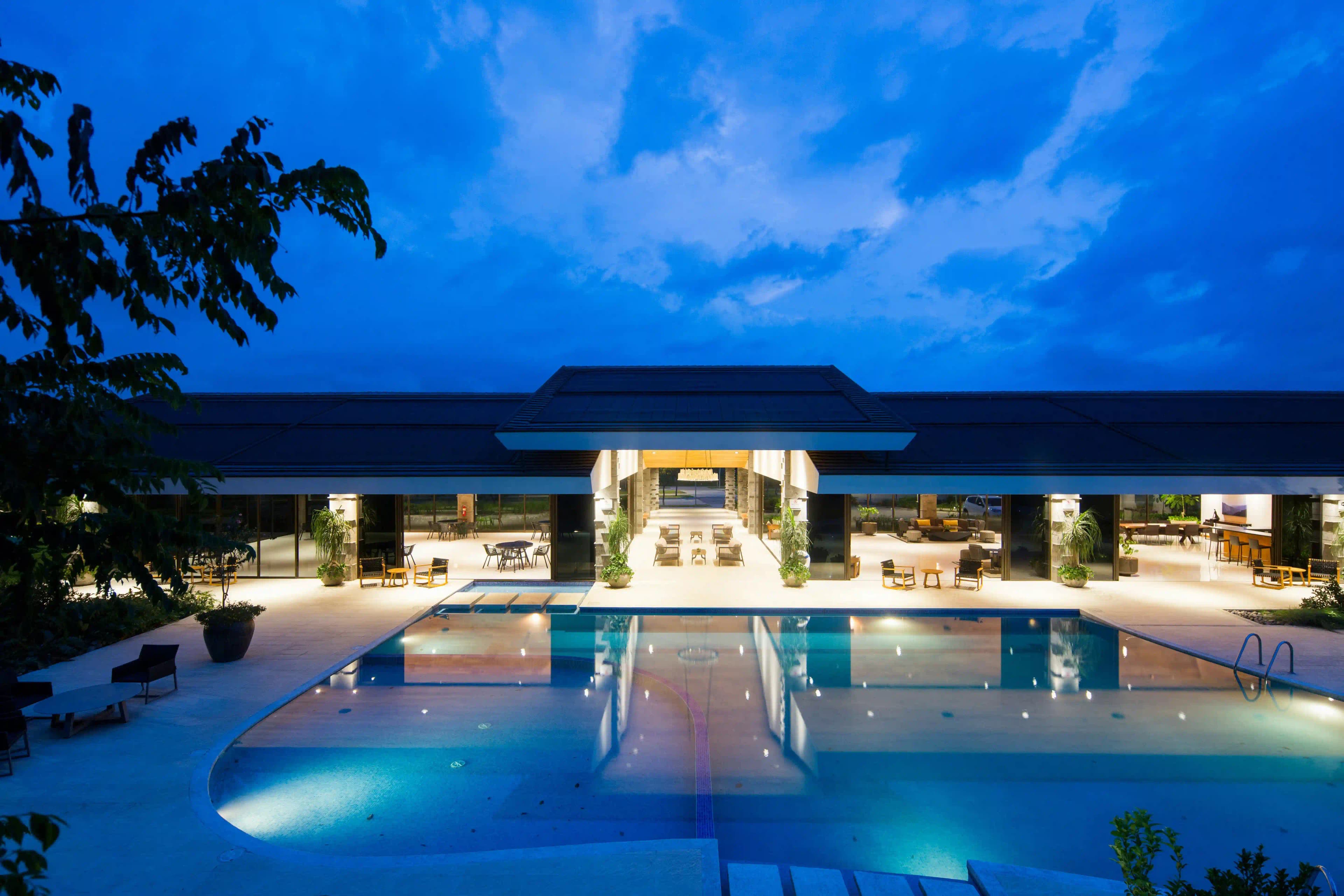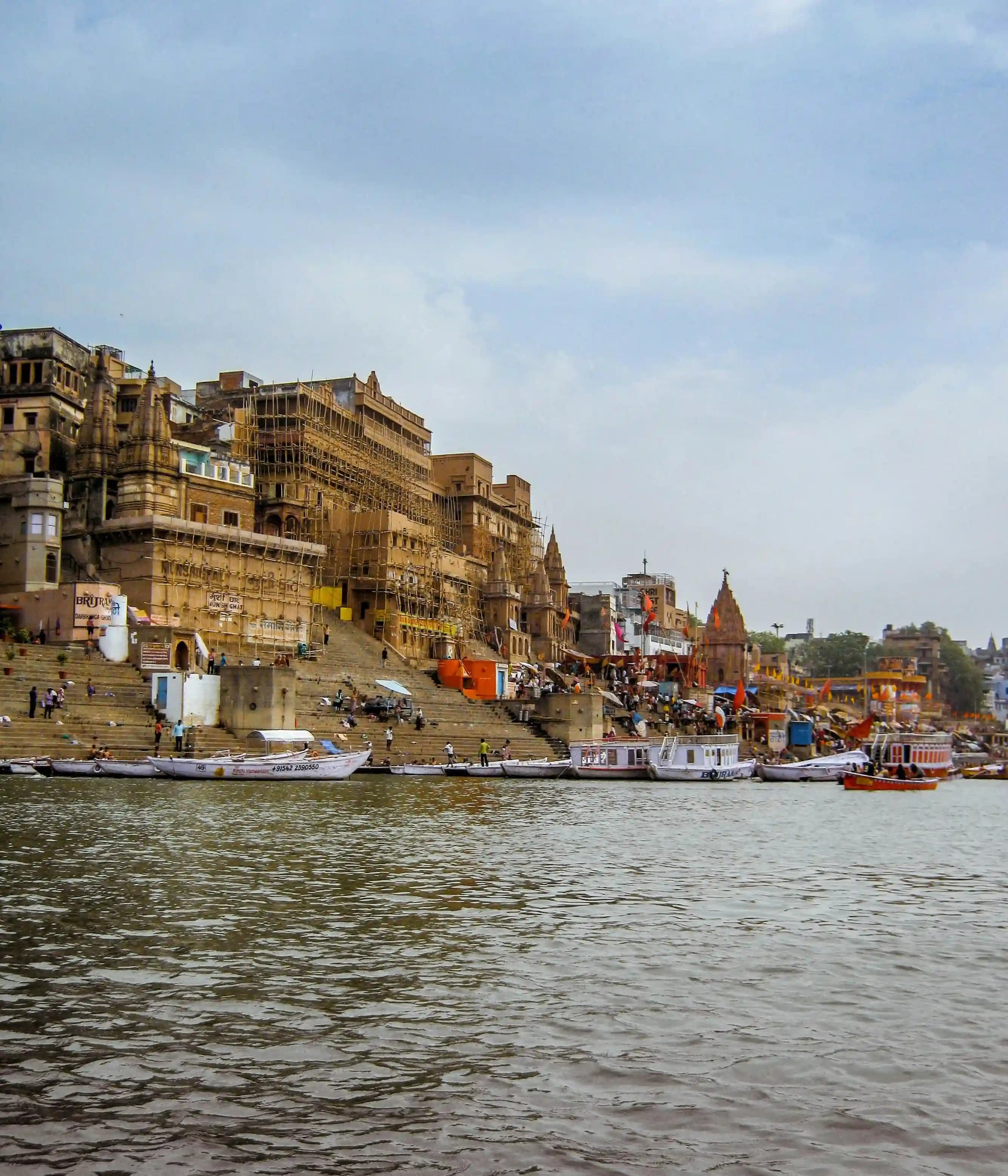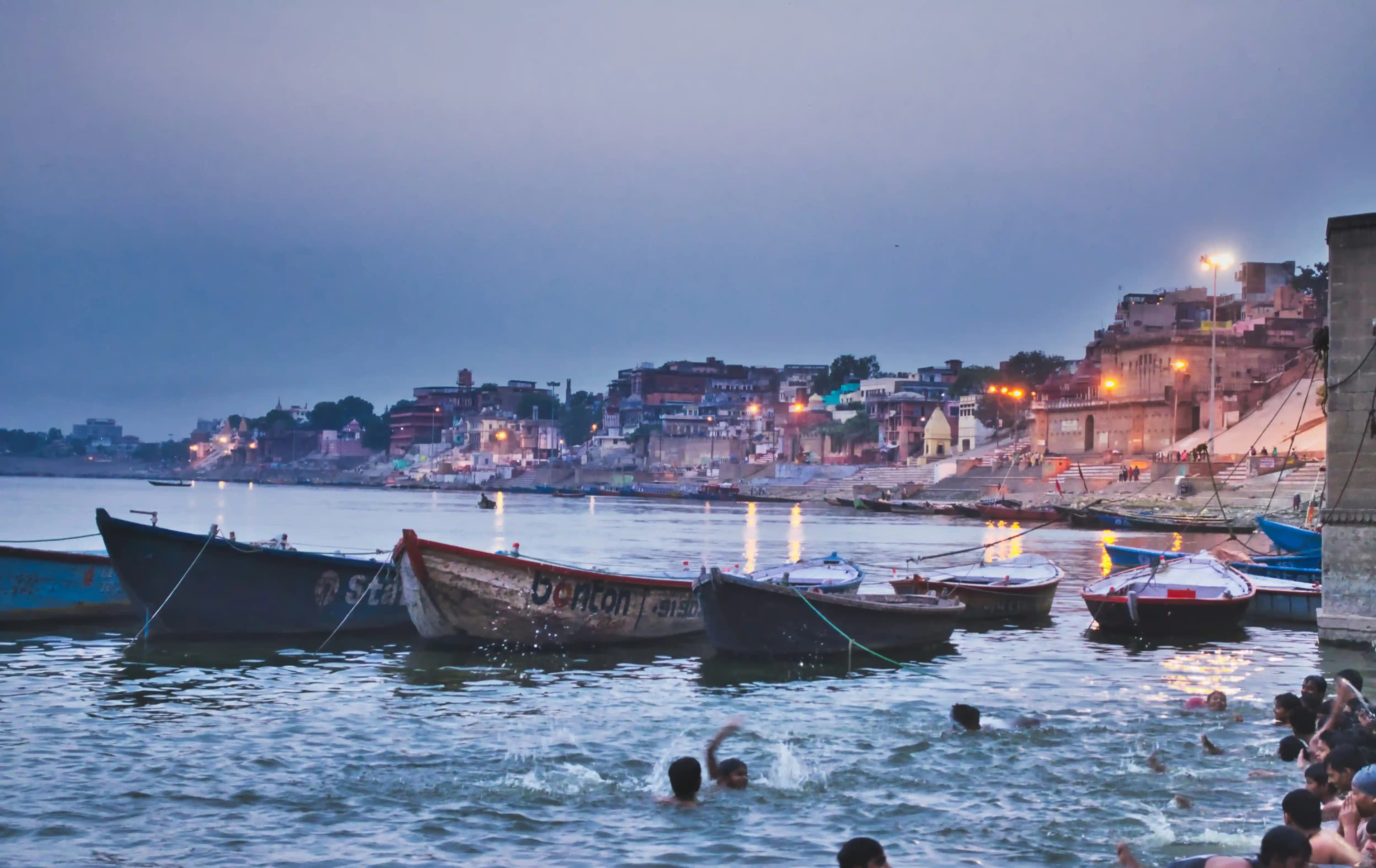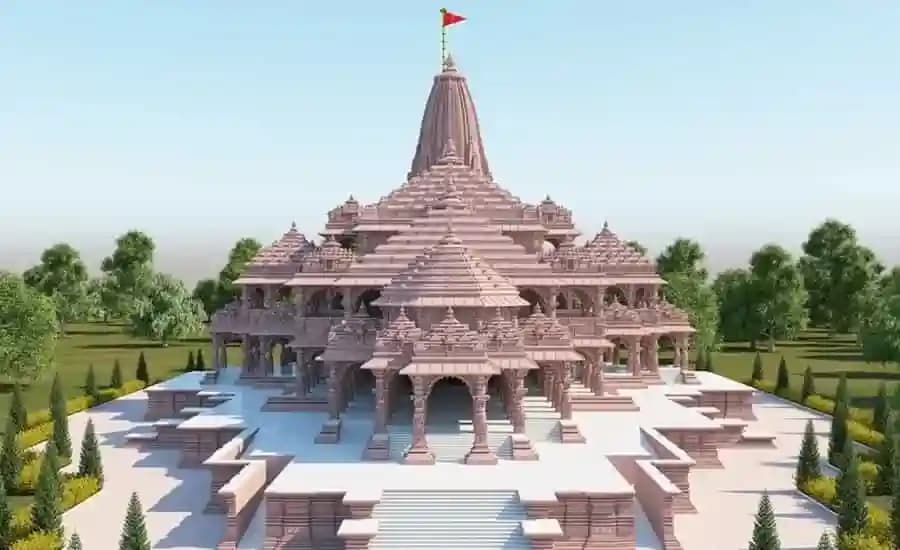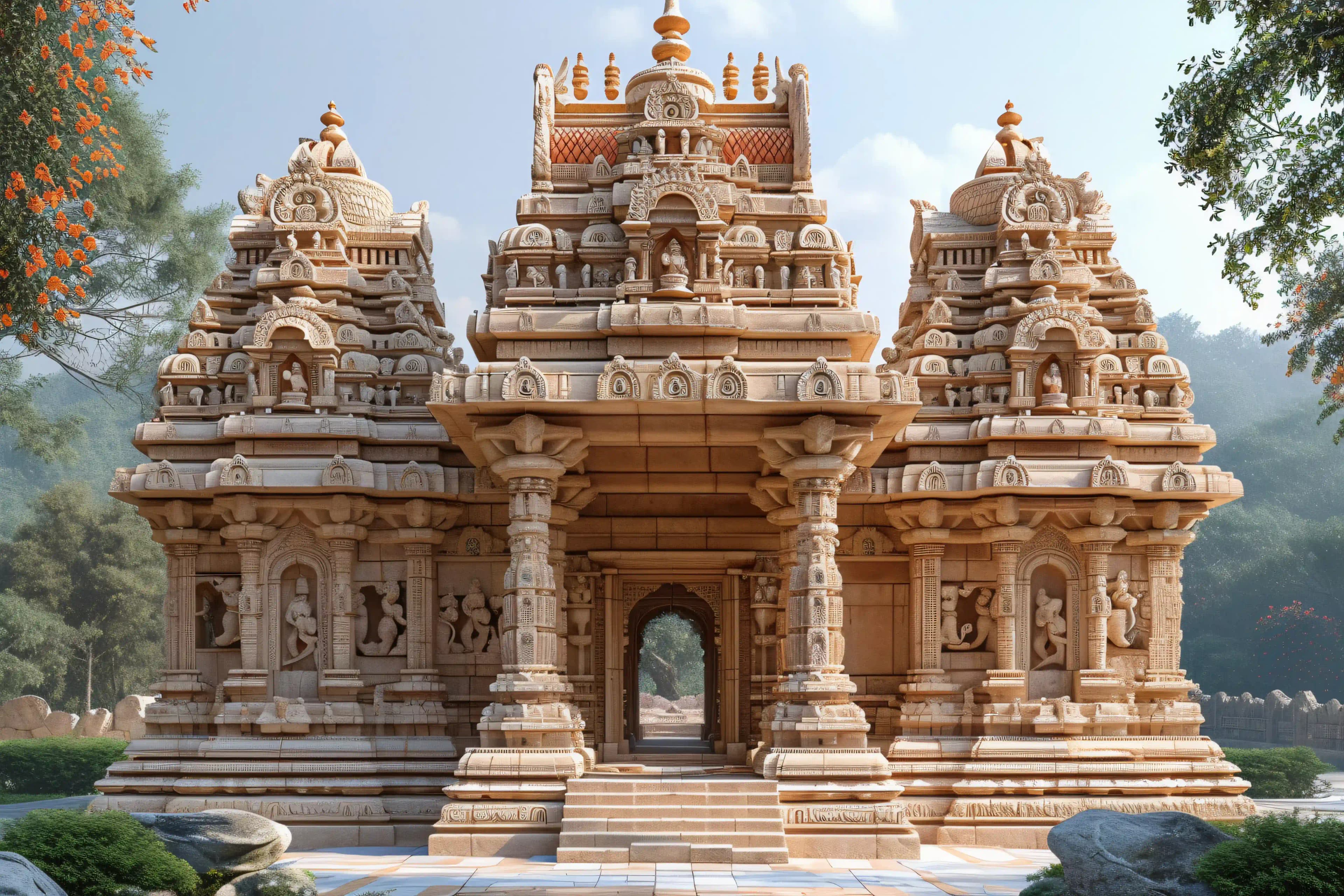Agra, a city that feels like it’s frozen in time, is a treasure trove of historical places. With its world-famous Taj Mahal and hidden gems nestled away in its bustling alleyways, the city invites you to journey back into the Mughal era and discover the stories that moulded India's history. As you visit its old forts, tranquil tombs, and stately castles, you'll sense a strong connection to the past exploring the historical places in Agra. If you enjoy history or are simply intrigued by the grandeur of India's regal legacy, Agra provides a journey that is as much about the stories as the gorgeous architecture. Let's take a tour of this city's famous historical landmarks that you cannot miss visiting on your next trip.
17 Historical Places in Agra:
Here’s a curated list of the must-visit historical places in Agra that will transport you through the rich tapestry of India’s glorious past.
1. Taj Mahal

The Taj Mahal, one of the Seven Wonders of the World and a breathtaking Mughal architectural masterpiece is a must-see site in Agra. It boasts an octagon-shaped interior chamber inlaid with valuable gems, as well as lush outer gardens. The Taj Mahal, known for its Mughal elegance, is a must-see historical site in India. It was built completely of white marble in the 17th century and is a UNESCO World Heritage Site. Its Persian name is Crown of Palaces. The mausoleum is rectangular and may be accessed via a large gateway complete with water channels and fountains.
- Location: Dharmapuri, Forest Colony, Tajganj, Agra, Uttar Pradesh 282001
- Timings: 6:00 a.m. to 6:30 p.m., Fridays closed
- Built by: Shah Jahan
- Built-in: 1631 – 1648
2. Agra Fort

The Agra Red Fort, a UNESCO World Heritage Site, is a large 3,80,000 square meter castle with red sandstone. It is located 2.5 kilometres from the Taj Mahal and is an absolute fortress with compound walls 70 feet high. The fort, popularly known as the Walled City, features four gates, including the famed Delhi and Lahore Gates. It is home to several palaces, including the Shish Mahal and Khaas Mahal, as well as reception rooms and old Masjids such as Moti Masjid and Nagina Masjid. Agra Fort, also known as Lal-Qila, Fort Rouge, or Qila-i-Akbari, is a symbol of Agra and a masterpiece of Mughal art and architecture. It includes the Pearl Mosque, Diwan-i-Khas, Diwan-i-Aam, Moti Masjid, and Jahangiri Mahal. Some elements of the fort are not open to the public.
- Location: Agra Fort, Rakabganj, Agra, Uttar Pradesh 282003
- Timings: 6:00 a.m. to 6:00 p.m.
- Built by: Mughal Emperor Akbar
- Built-in: 1565
3. Fatehpur Sikri

Fatehpur Sikri, a historical town in Agra, served as the capital city for several Mughal Emperors, including Akbar. It is located on a steep ridge and was made with red sandstone in Persia, India, and Islamic history. The town has seven gates and a 6-kilometer border wall. UNESCO designated it a World Heritage site, and it is a popular tourist attraction in Agra. Fatehpur Sikri is home to Jodha Bai's Palace, Jama Mosque, Buland Darwaza, and Salim Chisti's Tomb. The Imperial Complex, a collection of pavilions structured in formal geometry, combines architectural brilliance with religious convictions. Akbar built the city to honour Sheikh Salim Chisti, who prophesied the birth of a Mughal heir. Fatehpur Sikri is an Indo-Islamic masterpiece, particularly beautiful at sunset.
- Location: Fatehpur Sikri, Agra District, UP
- Timings: 6:00 a.m. to 6:00 p.m.
- Built by: Emperor Akbar
- Built-in: 16th century
4. Itmad-ud-Daula’s Tomb

The tomb of Itimad-ud-daulah, commonly known as the "Baby Taj Mahal," is a Mughal mausoleum in India that Noor Jahan commissioned for her father Mir Gheyas Beg. It is India's first all-marble structure, marking the transition from the first to the second phase of Mughal architecture. The mausoleum has Indo-Islamic architecture, with arched entrances and octagonal-shaped towers. It is an architectural wonder in Agra, similar to the Taj Mahal, and is thought to be the original design for the Taj Mahal. The red sandstone mausoleum, also known as the "Baccha Taj," reflects the Islamic architectural style, with ornately sculpted arches, perfect minarets, delicate inlay work, stunning floral designs, and artistic use of marble.
- Location: Moti Bagh, Agra, Uttar Pradesh 282006
- Timings: 8: 00 to 12:00 a.m.
- Built by: Mughal queen Noor Jahan
- Built-in: 1622 – 1628
Suggested Read: Discover The Best Time To Visit Delhi
5. Mehtab Bagh

Mehtab Bagh, a square-shaped garden complex near the Taj Mahal and the Agra Fort, is a favourite destination for photographers and tourists. It has four towers at each corner of an octagonal tank, which reflects the Taj Mahal during full moon nights. The garden is full of flowering plants, medicinal herbs, and fruit trees. Mehtab Bagh is a landmark of Mughal architecture, with four gardens and a big water tank for proper irrigation.
- Location: near Taj Mahal, Dharmapuri, Forest Colony, Nagla Devjit, Agra, Uttar Pradesh 282001
- Timings: 6:00 a.m. to 9:00 p.m.
- Built by: Emperor Babur
- Built-in: Early 1500s
6. Jama Masjid

The Jama Masjid in Agra, popularly known as the "Friday Mosque," is a 17th-century mosque constructed by the Mughals in India. It was built to dedicate to Shah Jahan's daughter Jahan Ara Begum. The mosque is visible from the Agra Fort and is built of red sandstone and white marble, with a fountain in the centre and four kiosks in the courtyard. The inside walls are adorned with Persian-style writings that praise Shah Jahan and Jahan Ara. The inlaid panels are comparable to those found on the Taj Mahal and other Mughal buildings in Agra. Every Friday, special prayers are held at the mosque, attended by hundreds of followers. The Agra Red Fort is positioned on the mosque's eastern flank.
- Location: Jama Masjid Rd, Subash Bazar, Kinari Bazar, Hing ki Mandi, Mantola, Agra, Uttar Pradesh 282003
- Timings: 8:00 a.m. to 6:00 p.m.
- Built by: Shah Jahan
- Built-in: 1648 A.D.
7. Akbar's Tomb
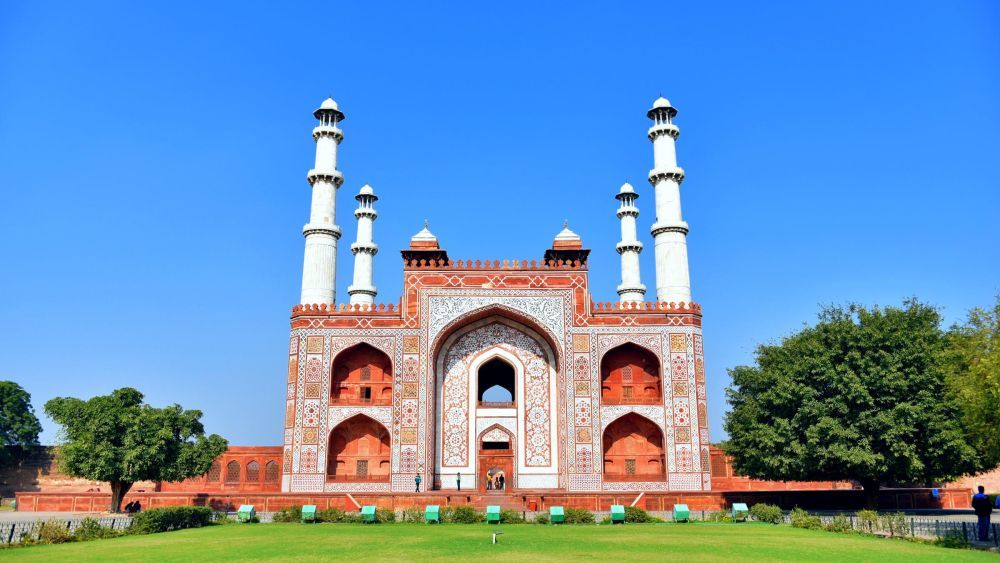
Akbar's Tomb in Sikandra is a Mughal-era architectural wonder. It is made completely of sandstone and white marble and faces the rising sun, as opposed to other notable Muslim kings' tombs. The monument is surrounded by an exquisite garden constructed by Akbar himself. His wife's grave is also found in Sikandra. Agra Red Fort, a UNESCO World Heritage Site, is a memorial to the Mughal Empire's glory days, spanning 3,80,000 square meters and protected on all sides with 70-foot-high compound walls. The Walled City noted for its four gates, is home to various palaces, including the Shish Mahal and Khaas Mahal. The fort also includes reception halls and famous Masjids such as Moti Masjid and Nagina Masjid.
- Location: Tomb of Akbar The Great Area, Sikandra, Agra, Uttar Pradesh 282007
- Timings: 6:00 a.m. to 6:00 p.m.
- Built by: Jahangir
- Built-in: 1605–1613
8. Chini Ka Rauza

Chini ka Rauza, located in Agra, is a popular destination for visitors to the Itimad-ud-Daulah Tomb, a 1635 A.D. Indo-Persian tomb dedicated to Allama Afzal Khan Mullah, a renowned Persian scholar and poet. The tomb features an octagonal central chamber and picturesque surroundings overlooking the Yamuna River.
- Location: Katra Wazir Khan, Agra, Uttar Pradesh 282006
- Timings: 6:00 a.m. to 6:00 p.m.
- Built by: Allama Afzal Khan Mullah
- Built-in: 1635 A.D
Suggested Read: Looking For 4 Days Trip From Delhi?
9. Moti Masjid
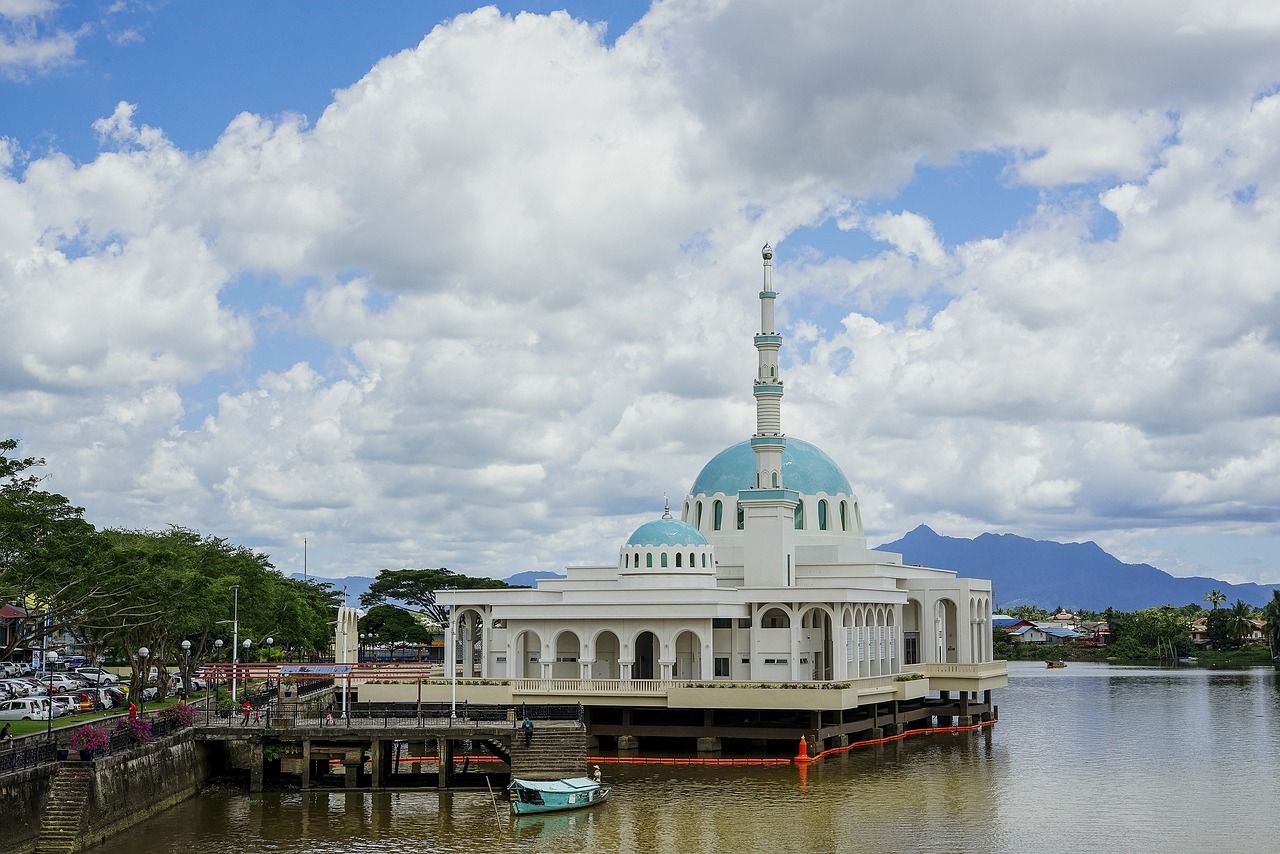
The Moti Masjid, also known as the Pearl Masjid, is a well-known landmark in Agra erected by Mughal King Shah Jahan. Its immaculate white front sparkles like a pearl in the sunlight, and its interiors have a brilliant white colour scheme. The mosque has a white marble tank in the courtyard, a sundial built of marble pillars, many arches leading to the enormous prayer hall, and views of the Yamuna River from the precincts.
- Location: State Highway 62 Agra Fort, Rakabganj, Agra, Uttar Pradesh 282003
- Timings: 8:00 a.m. to 6:00 p.m.
- Built by: Shah Jahan
- Built-in: 1646-1653
10. Sikandra Fort

Sikandra Fort, a historically significant landmark in Agra, is a deep red sandstone structure that holds Emperor Akbar's mausoleum. Located in Sikandra, the fort stands towering within lush green gardens surrounded by high walls. Emperor Akbar oversaw the construction of the five-story fort, which features beautiful carvings on its walls. The fort is a must-see for visitors to Agra, providing a look into the region's storied history.
- Location: Tomb of Akbar The Great Area, Sikandra, Agra, Uttar Pradesh 282007
- Timings: 8:00 a.m. to 6:00 p.m.
- Built by: Akbar
- Built-in: 1605-1613
11. Khas Mahal

The emperor built Khas Mahal, a private mansion for his daughters Roshnara and Jahanara, with ornamented ceilings and an alcove. It took nine years to construct and is bordered by the Yamuna River and Anguri Bagh. Taking a tour around the palace allows visitors to experience the gorgeous architecture and enchanting views.
- Location: Agra Fort, Rakabganj, Agra, Uttar Pradesh 282003
- Timings: 6:00 a.m. to 6:00 p.m.
- Built by: Shah Jahan
- Built-in: 1631 – 1640
12. Anguri Bagh

Anguri Bagh, a tourist attraction in Agra, was created in 1637 in the Charbagh style and has four compartments with elaborate geometrical patterns. It was created for Shah Jahan to take leisurely evening strolls and to produce the best grapes for wine production. The garden exemplifies Shah Jahan's refined taste.
- Location: Agra Fort, Rakabganj, Agra, Uttar Pradesh 282003
- Timings: 6:00 a.m. to 7:30 p.m.
- Built by: Shah Jahan
- Built-in: 1637
Suggested Read: Weekend Getaways in Delhi: Exploring the Charms Beyond the Capital
13. Diwan- I - Khas

Shah Jahan's private portion, Theiwan-i-Khas, was located behind Macchi Bhawan and housed the famous Takht-i-Taus (Peacock Throne) before being relocated to the Red Fort in Delhi. The hall contains Persian inscriptions and houses the famed Peacock Throne.
- Location: Musamman Burj, SH 62, Agra Fort, Rakabganj, Agra, Uttar Pradesh 282003
- Timings: 9:00 a.m. to 5:00 p.m.
- Built by: Shah Jahan
- Built-in: 1635
14. Machchi Bhawan

Macchi Bhawan, a double-story compound in Agra Fort, is notable for its arched galleries, marble ponds, and fountains. It was previously Shah Jahan's Golden Throne, giving him a complete view of the court. It is a renowned Agra tourist spot with a unique view of the court.
- Location: Agra Fort, Rakabganj, Agra, Uttar Pradesh 282003
- Timings: 6:00 a.m. to 6:00 p.m.
- Built by: Shah Jahan
15. Mariam-Uz-Zamani Tomb

Mariam-uz-Zamani, a renowned tourist destination in Agra, is the mausoleum of Jodha Bai, Akbar's Hindu wife. Jahangir built it in commemoration of his mother, and it is positioned on the west side of Akbar's Tomb, surrounded by Mughal gardens. The mausoleum is an amazing spot to visit in Agra.
- Location: Mathura Rd, near Pathwari Mandir, Kailash Mode, Mahadev Pur, Sikandra, Agra, Uttar Pradesh 282007
- Timings: 10:00 a.m. to 7:00 p.m.
- Built by: Jahangir
- Built-in: 1542–1623
16. Diwan-I-Aam

Diwan-i-Aam was a venue for general meetings and public gatherings, where Shah Jahan addressed grievances from the ordinary people. It was made of red sandstone and separated into three pieces, each with a golden railing in the front and silver on the other three sides. The event in which the monarch addressed the audience was known as Jharokha Darshan.
- Location: Agra Fort, Rakabganj, Agra, Uttar Pradesh
- Timings: 6:00 a.m. to 6:00 p.m.
- Built by: Shah Jahan
- Built-in: 1631-40
17. Jodha Bai Ka Rauza

Jodha Bai's Palace, widely known as Emperor Akbar's first Rajput consort, is a magnificent yet simple edifice located near the Jahangiri Mahal. It illustrates the Indo-Mughal architectural style, with influences from Gujarat and Gwalior. The palace, located 6 miles from Agra Fort, has interiors with apertures that provide views of the Taj Mahal. It is located in Fatehpur Sikri and exhibits Mughal Emperor Akbar's religious tolerance, with mural decorations that depict oneness between the lotus, elephants, and peacocks.
- Location: Arjun Nagar, Agra, Uttar Pradesh
- Timings: 10:00 a.m. to 7:00 p.m.
- Built by: Akbar
- Built-in: 1623-1627
Conclusion
Agra is a city where history comes alive, with a diverse mix of culture, tradition, and architectural marvels. From the world-famous Taj Mahal to hidden gems like Chini Ka Rauza and Akbar's Tomb, Agra's historical places reflect the grandeur of the Mughal Empire. Each site reveals its own story, making Agra a must-see trip for history buffs and tourists alike. Explore these historic locations and feel the everlasting allure of Agra's fascinating past!
Frequently Asked Questions:
1. What are the most famous historical places in Agra?
A: The most famous historical places in Agra include the Taj Mahal, Agra Fort, and Fatehpur Sikri. These sites are UNESCO World Heritage sites and highlight the grandeur of Mughal architecture.
2. What is the best time to visit the historical places in Agra?
A: The best time to visit Agra is during the winter months, from October to March when the weather is pleasant and ideal for sightseeing.
3. Are guides available at the historical places in Agra?
A: Yes, guides are available at most historical sites in Agra. You can hire government-certified guides or use audio guides at places like the Taj Mahal and Agra Fort.
4. Can I visit historical places in Agra in one day?
A: Yes, you can cover major landmarks like the Taj Mahal, Agra Fort, and Itmad-ud-Daula’s Tomb in one day, but an additional day allows for a more relaxed and in-depth experience.
